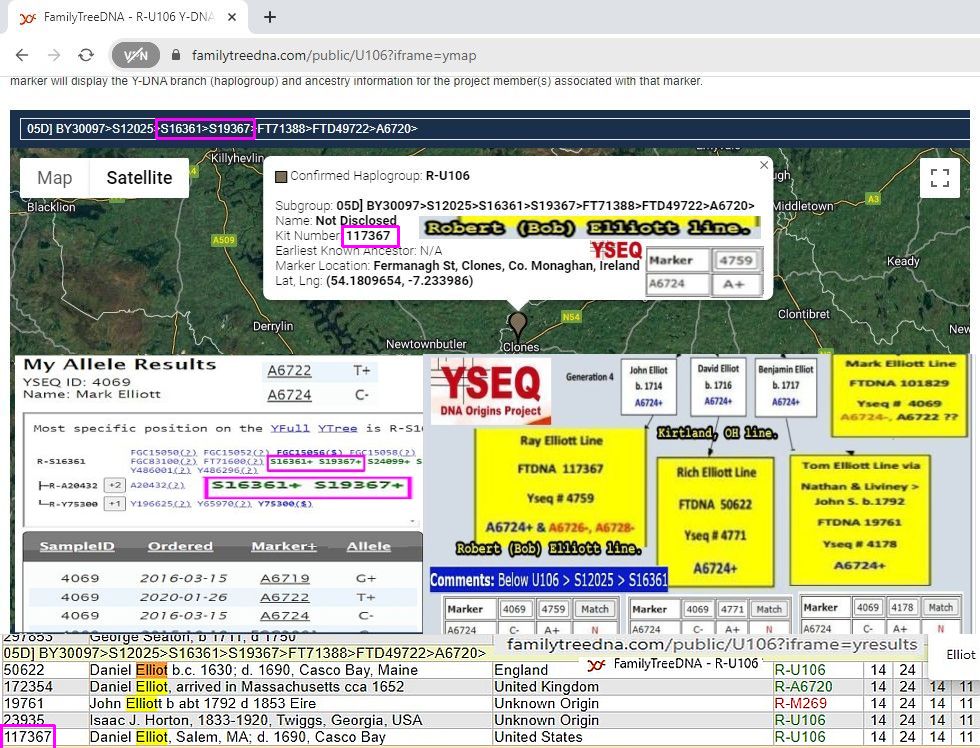
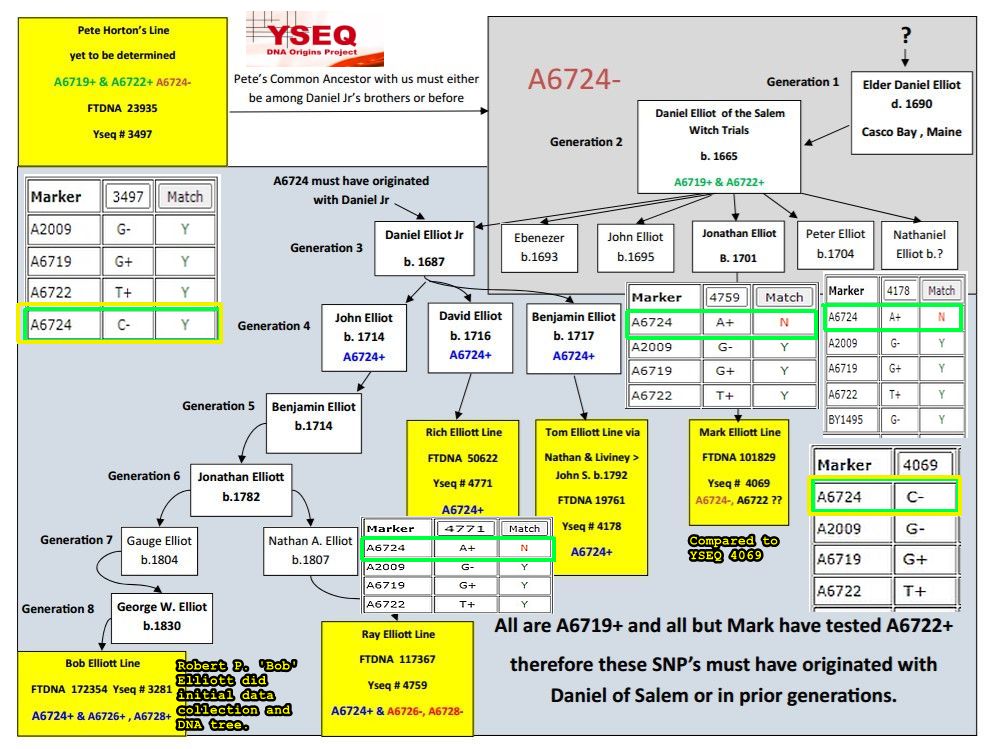

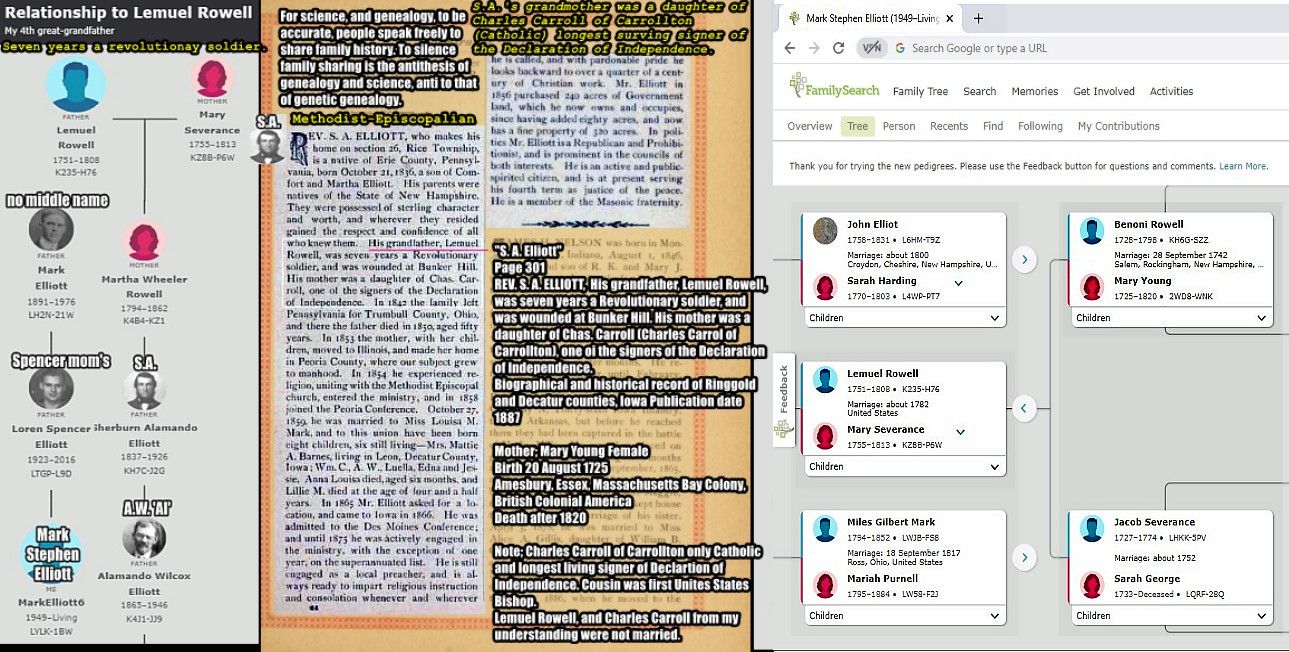
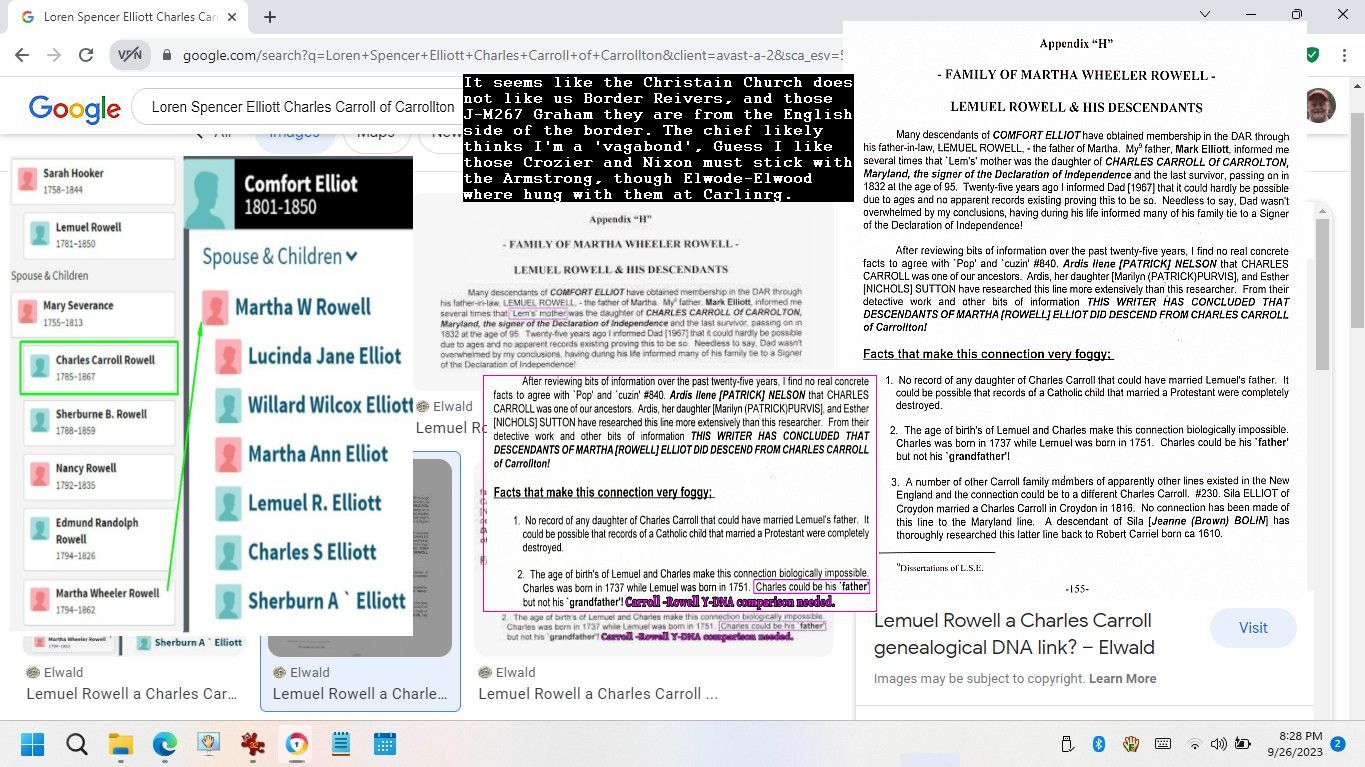
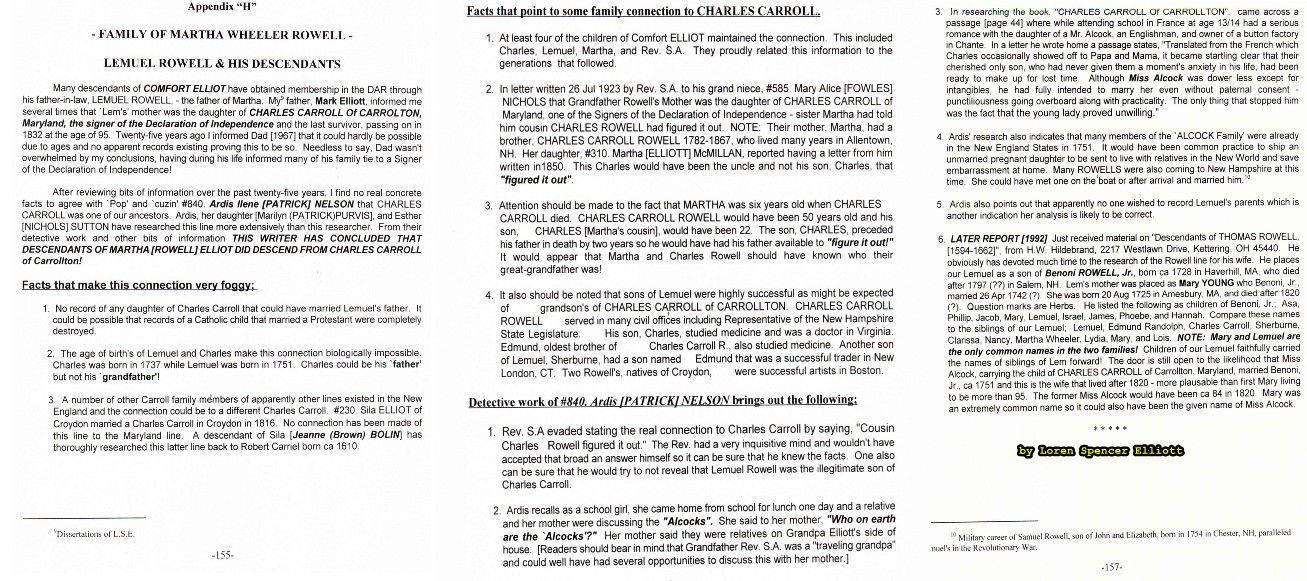
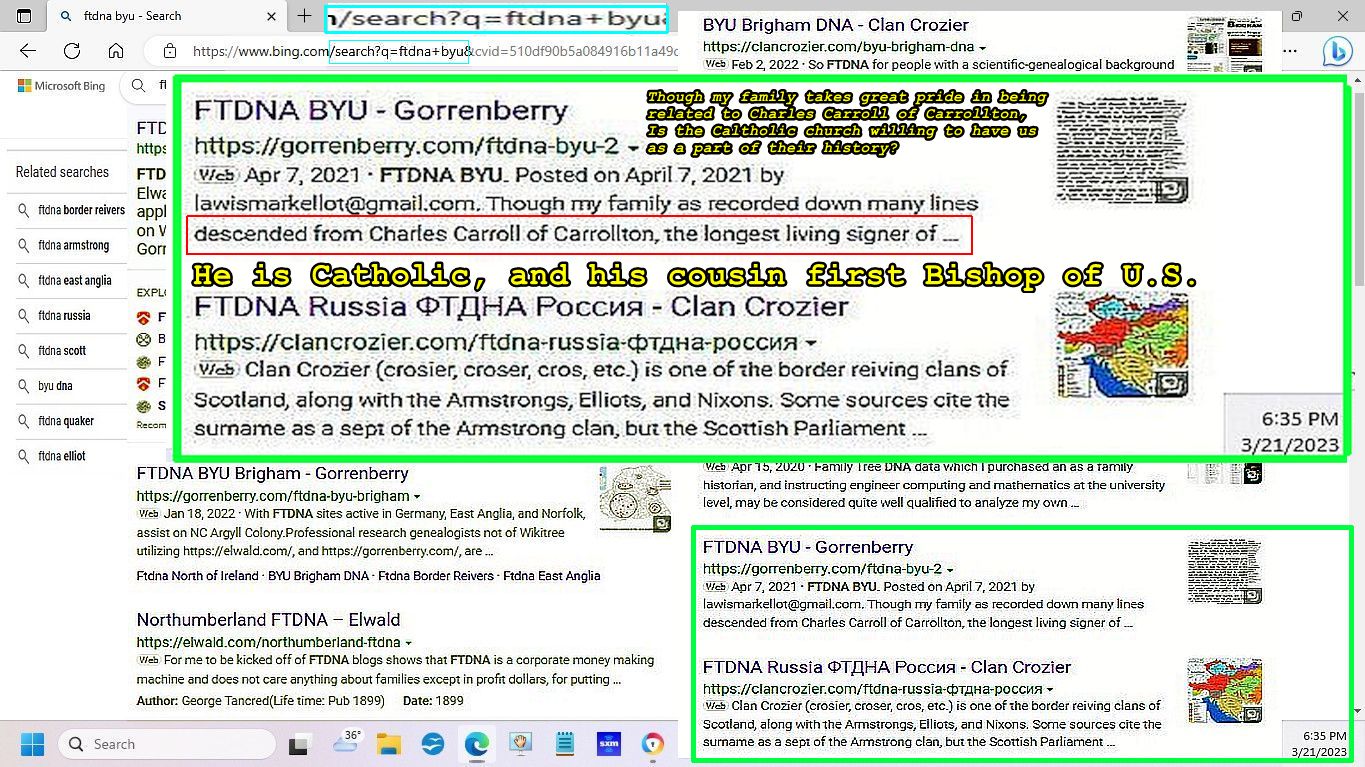
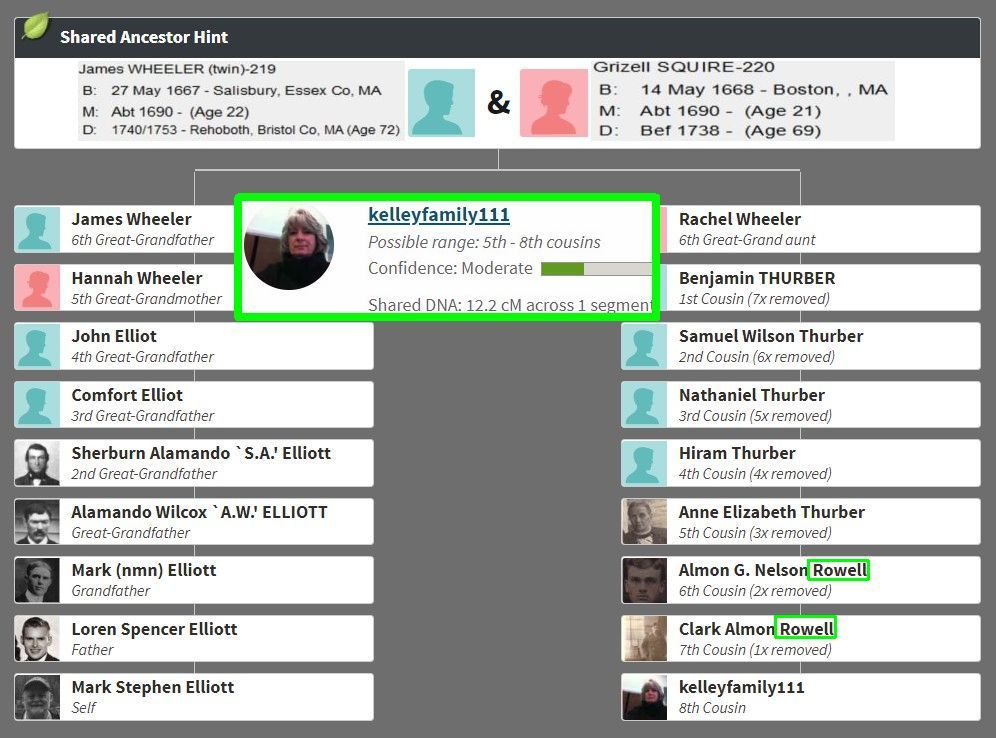
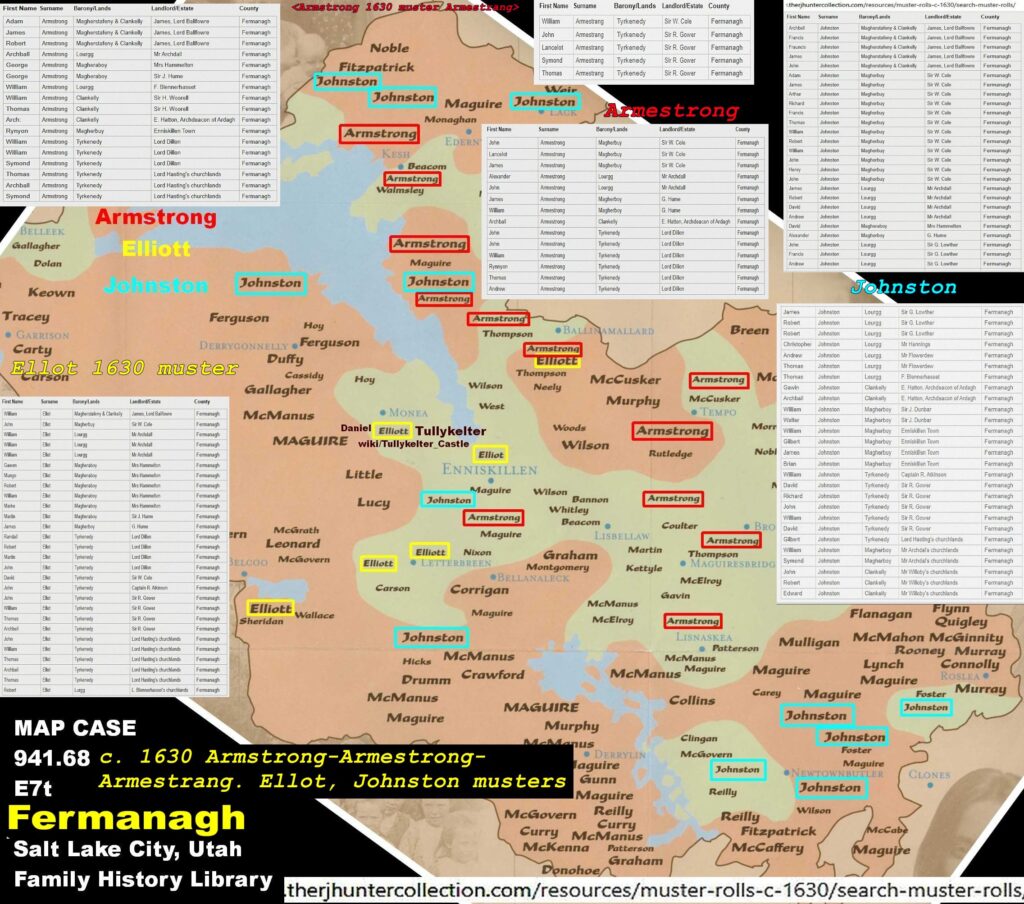
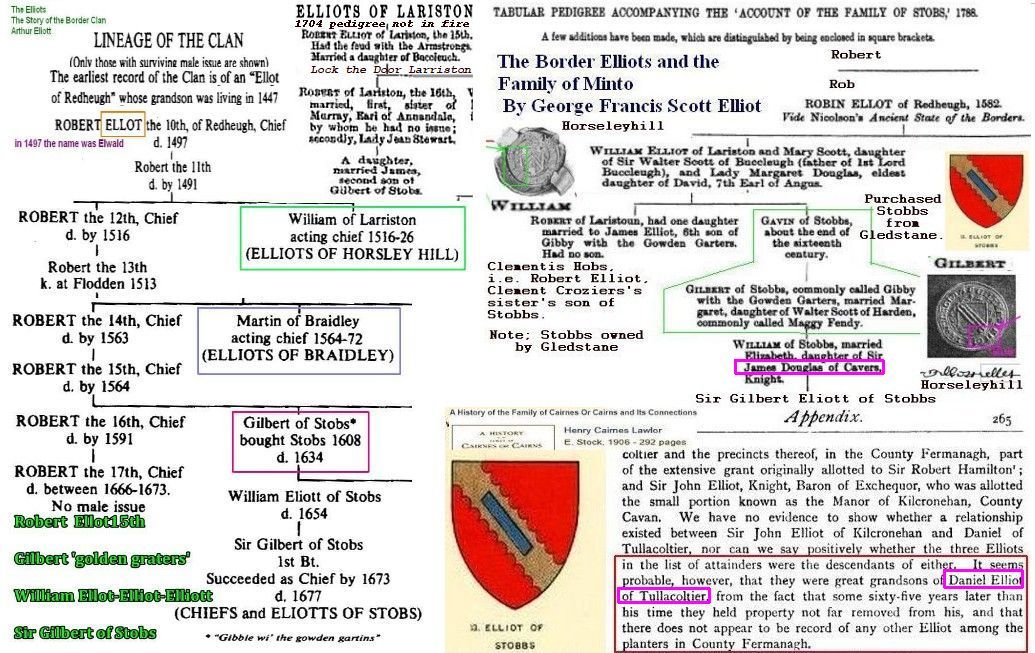
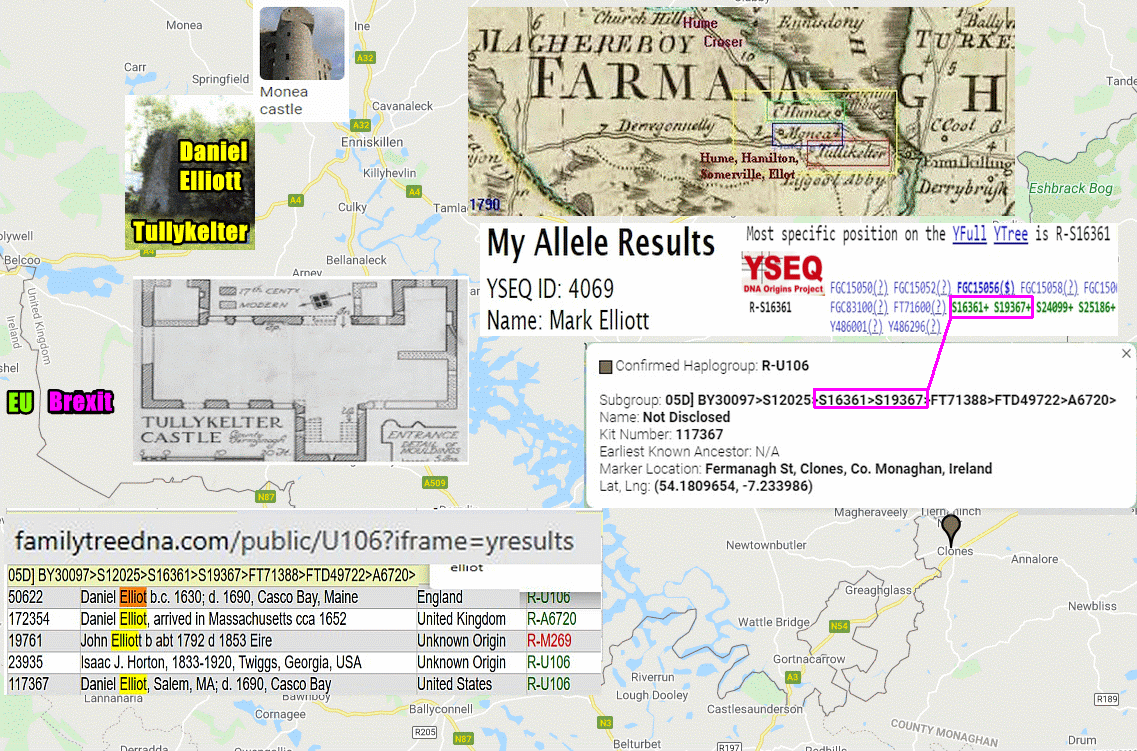

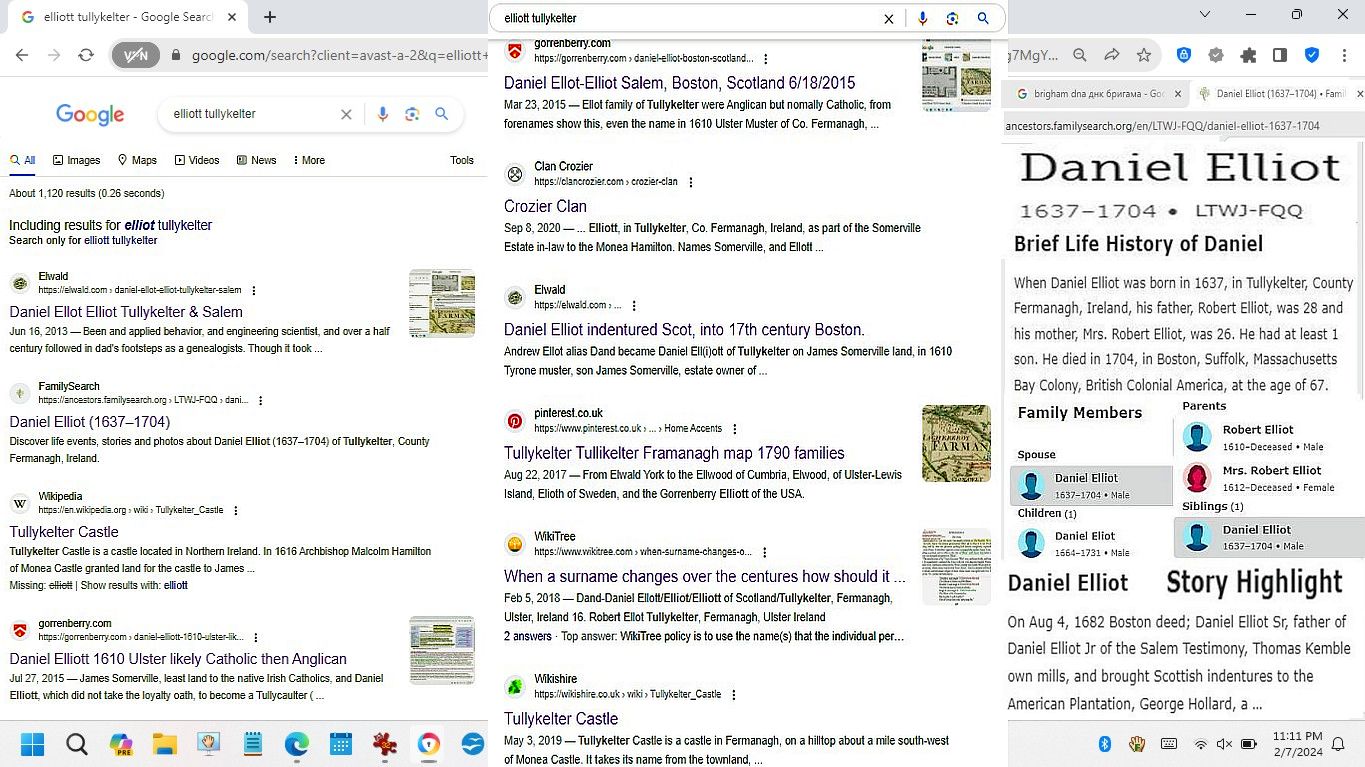
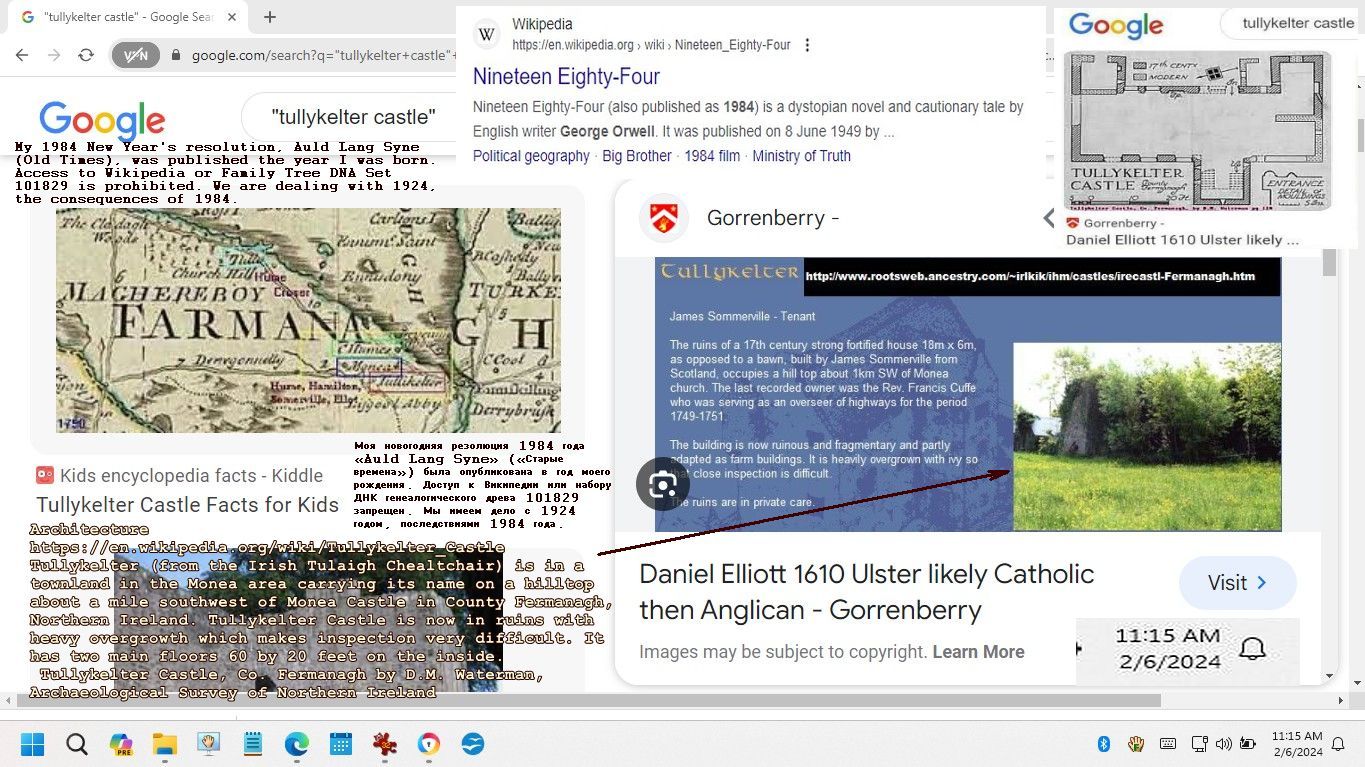

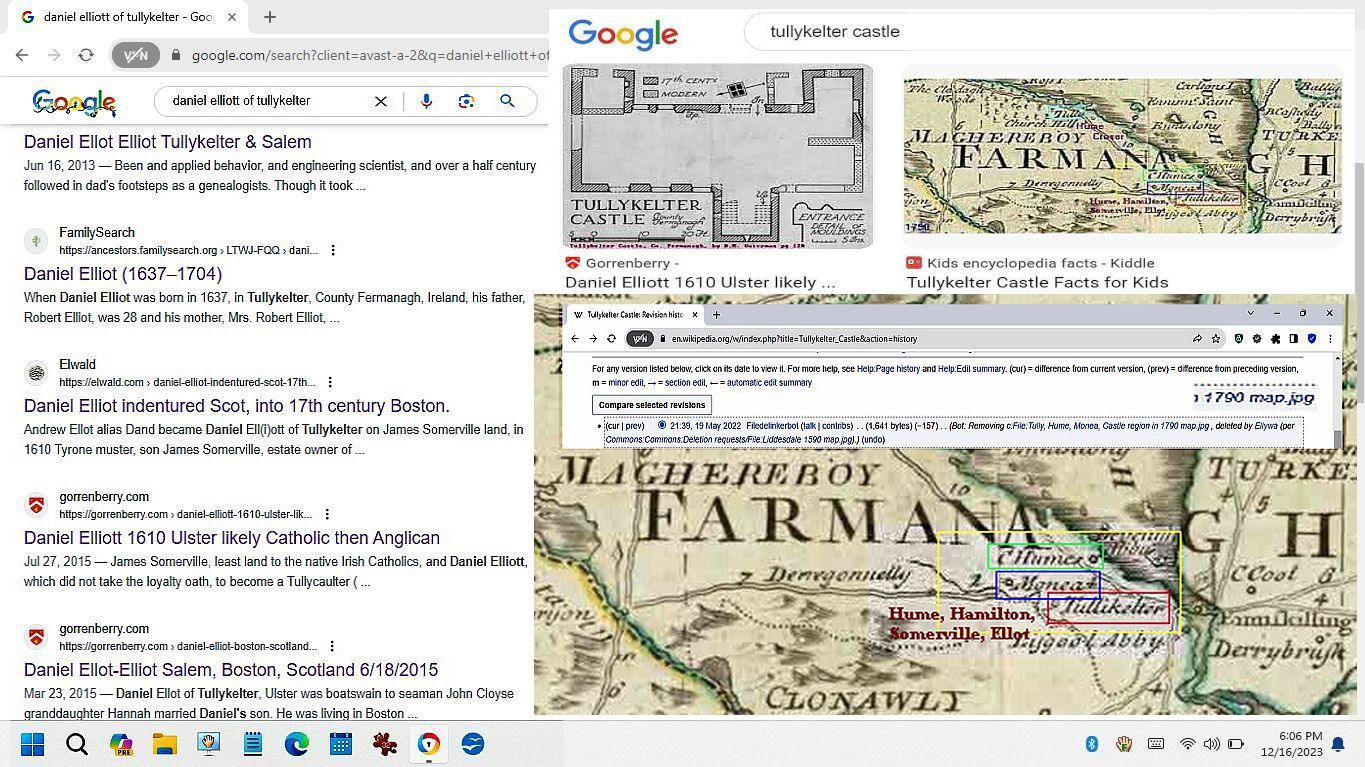

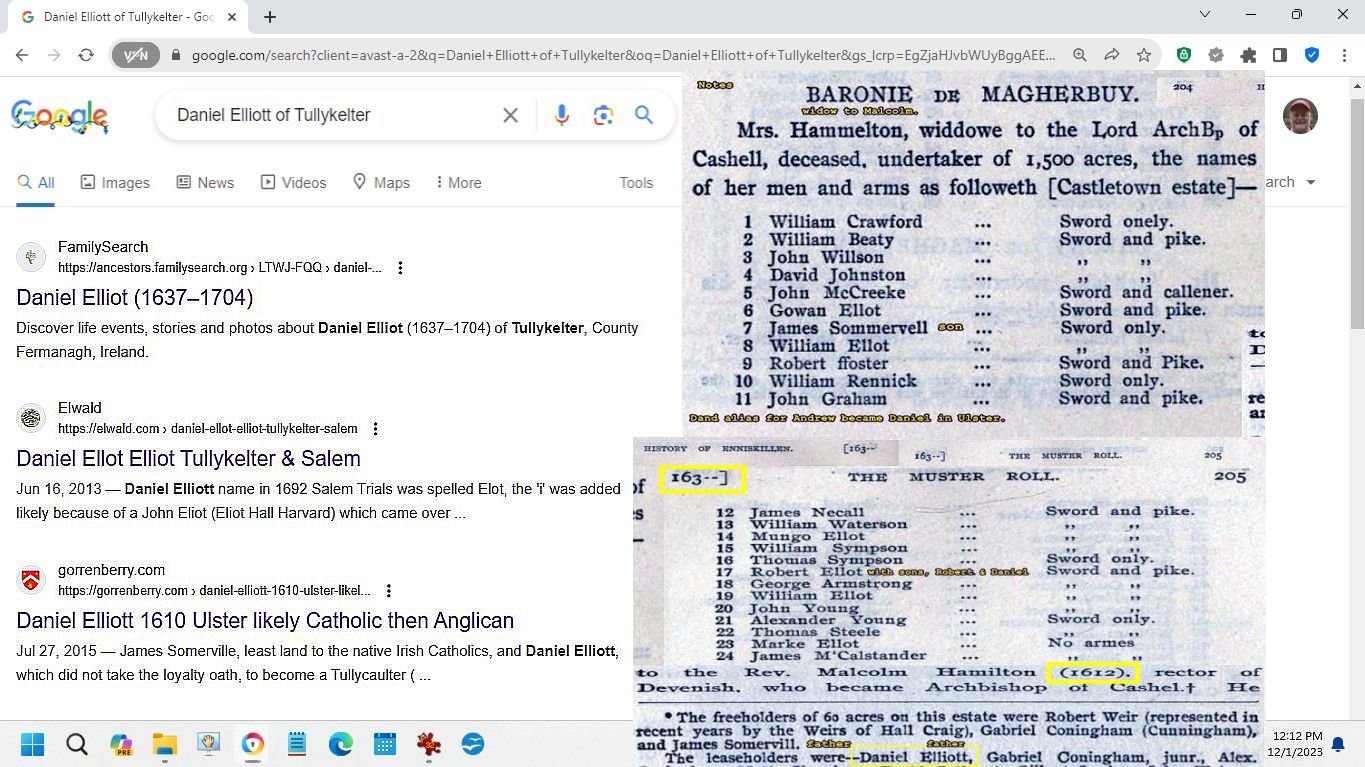
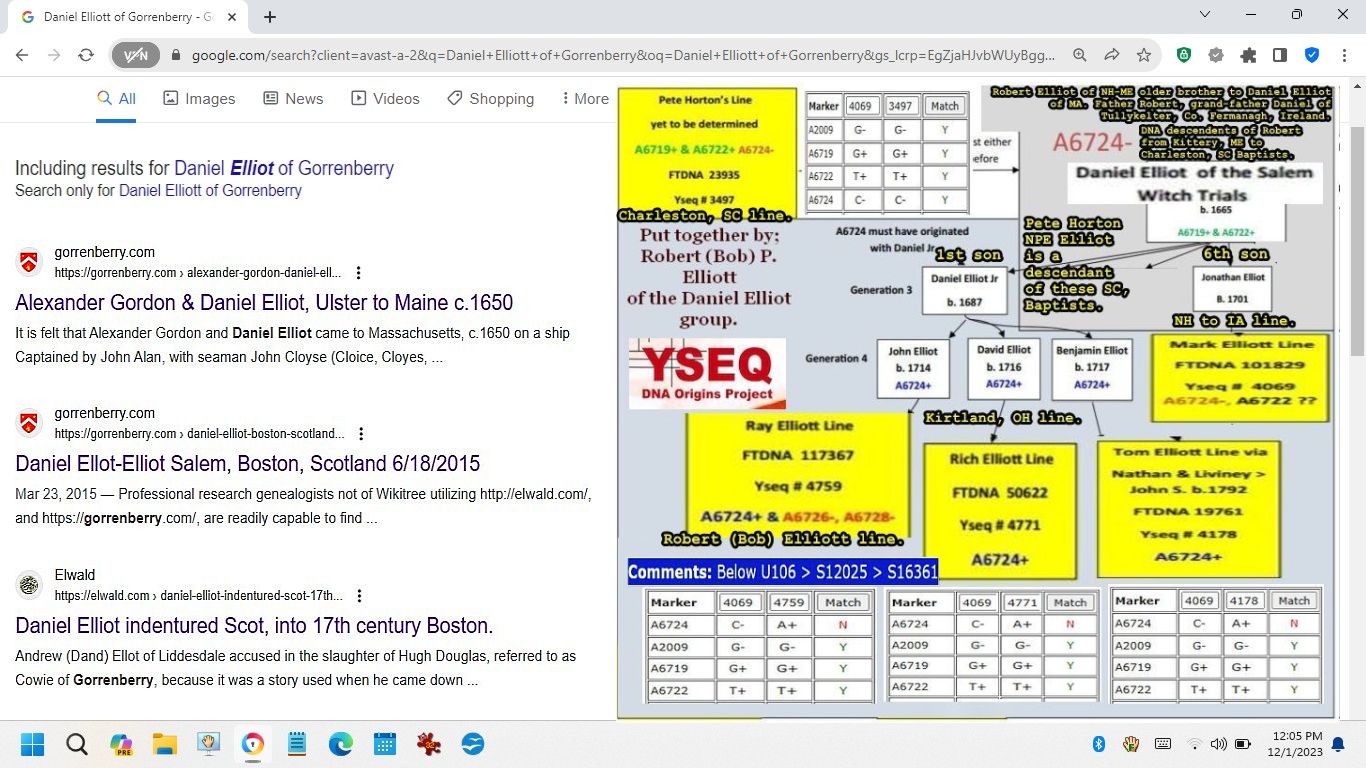
Ulster Plantation
Academic Study with maps of Ulster Scots
Die Riding Clans in Ulster von Robert Bell
sheep-stealers-from-the-north-of-england-the-riding-clans-in-ulster-by-robert-bell
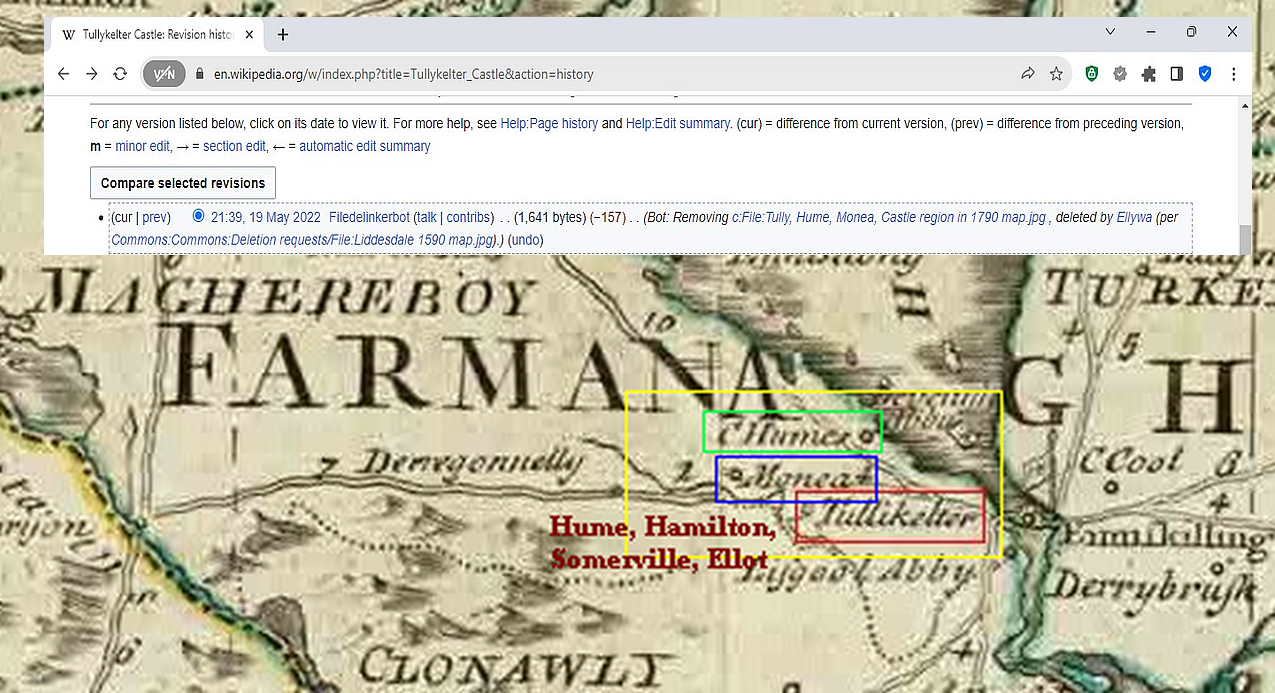

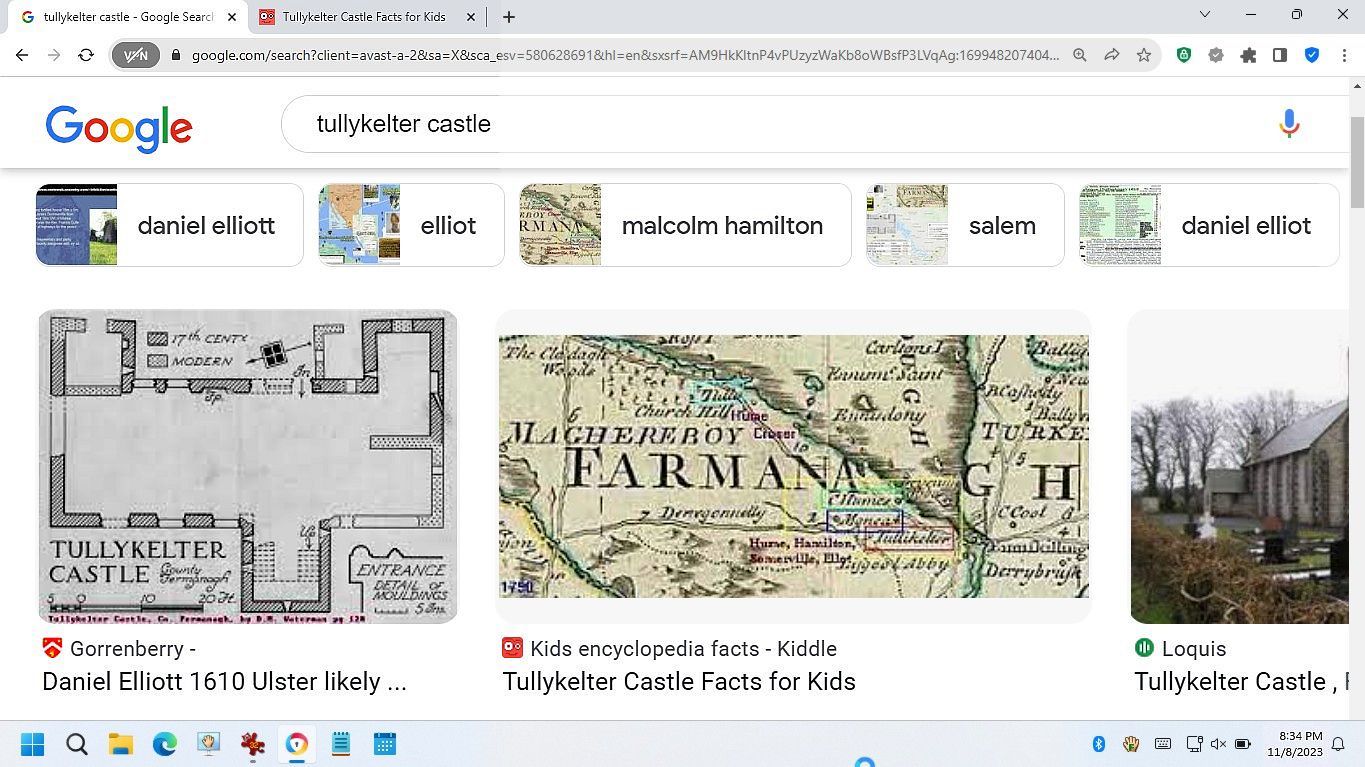
For making corrections to site;
by Mark Stephen Elliott son of Loren Spencer Elliott
WikiTree
Your user name or IP address has been blocked by a WikiTree Leader.
https://www.wikitree.com/wiki/Category:Clan_Elliot
Start of block: 21:01, 14 May 2018
Intended for: Elliott-11757
Suspected violation: Intentionally adding false information
Though they kicked me off site;
Daniel Elliot, Salem by Loren S. Elliott

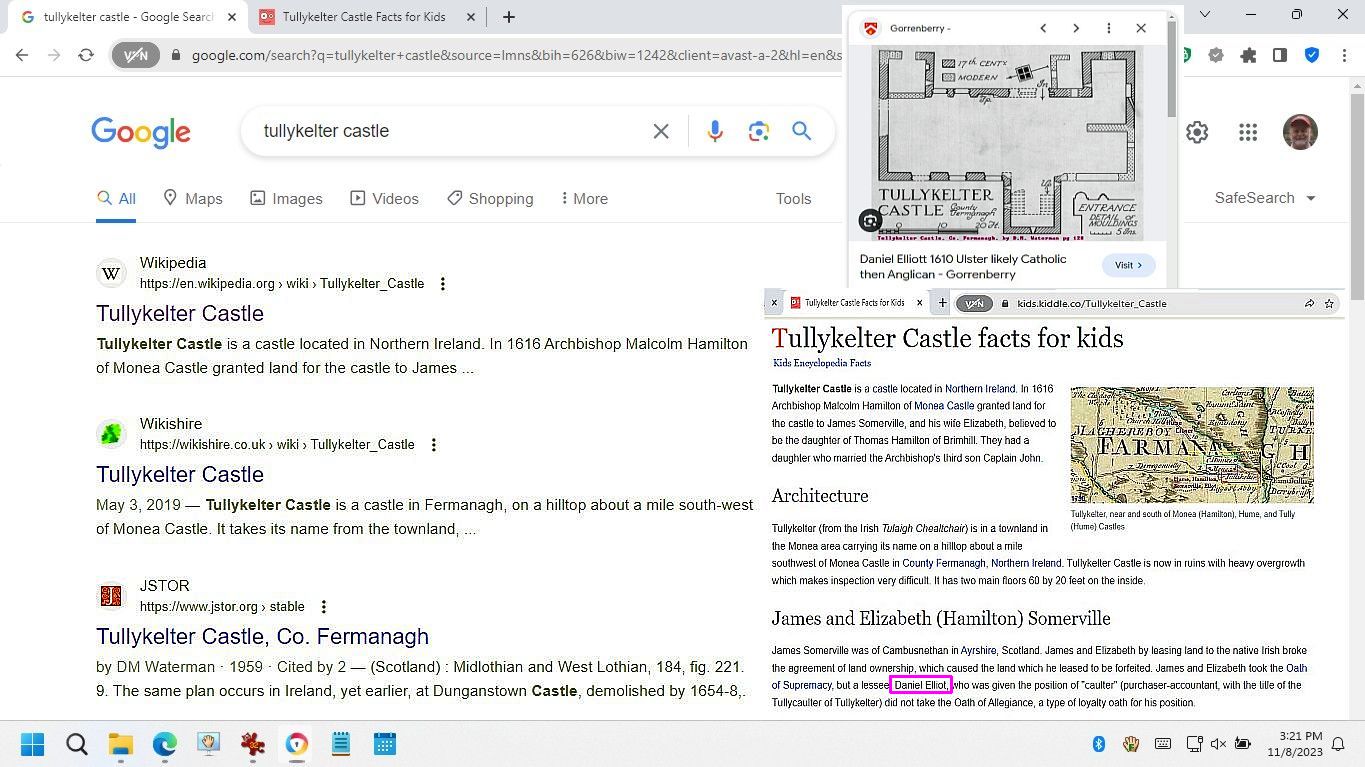
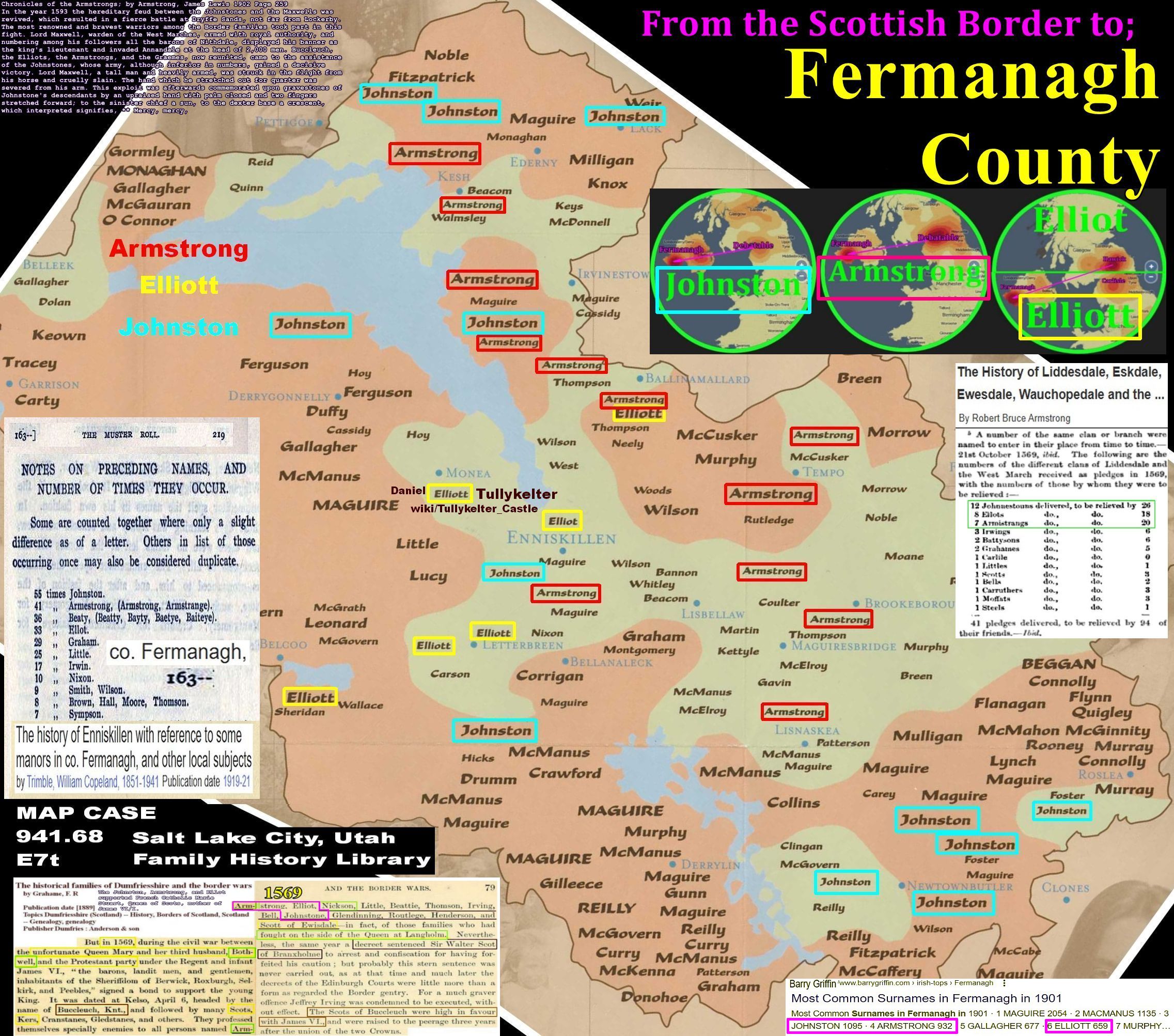
Feel Daniel (Dand (Andrew) Ellot) Elliott, banish from both kingdoms, ca 1608, with help of the Archbishop Hamilton (Church of Ireland, Anglican/Episcopalian) family of Monea and Marion Hamilton widow to Robert Ellot of Redheugh, Dand Ellot of Liddesdale became Daniel Elliott (Catholic Dublin spelling) of Tullykelter. Accepting a position with the estate of James Somerville (Hamilton relation), of Tullycaulter; caulter, accountant purchaser for the Tullykelter estate. Upon taking position refused to take the loyalty oath.
James Somerville leased land to native Irish, and lost some land rights because of it.
Daniel had sons list in 1630 muster, of the Fermanagh estate of the widow to the Bishop of Cashell, Malcolm Hamilton; William, Gawen, Robert, Mungo, and Marke, which leads me to believe they were Catholic, but converted to Anglia, Church of Ireland, Episcopalian. Robert Bell has eluded to this in his writings.
Note; Dand Ellot/Daniel Elliott, is felt to be the second son of a nephew of a Clement Crosar, of Stobs, and was call Hob Elwode (Robert Ellot); Clementis Hobs.
The first son Robert Elliot was a baillee for the Sir John Hamilton estate, and family felt to have died in the Irish uprising of 1641, but the family of Daniel Elliott is felt to survive because it is felt that Tullykelter was looked on as being maybe more Catholic than Scottish.
Monea Castle of Scottish architecture, did survive the 1641 revolt, and the family could have also survived by being in Monea Castle.
It should be noted the small number in comparison of Presbyterian grave inscriptions.
Gawen Ellot Magheraboy Mrs Hammelton Fermanagh son of Daniel
Mungo Ellot Magheraboy Mrs Hammelton Fermanagh son of Daniel
Robert Ellot Magheraboy Mrs Hammelton Fermanagh son of Daniel
William Ellot Magheraboy Mrs Hammelton Fermanagh son of Daniel
Marke Ellot Magheraboy Mrs Hammelton Fermanagh son of Daniel
(Gavin, Robert, and William are common Redheugh/Gorrenberry, family names)
Martin Ellot Magheraboy Sir J. Hume Fermanagh son of Martin
(John Elwald (Ellot) rector 1418, of St Andrew University, and rector 1423 of Kirkandrews; Church of St Andrews near Canonbie of the Border was a strong supporter of Martin V, and Martin Ellot died on the borders. Family of Thorsleehope (Thor in the lee-ward side of hope-the valley), the valley in which the Norse god Thor was able to stay out of the wind. Thorsleehope on the Liddel Water, was near to the Hume land and did live near land of Wolflee, Wolfleehope, in Minto region, land obtained by a David Hume with a John Elwald (Ellot), witnessing ca1425.
Though in Ulster they were of the Archbishop Hammelton, Anglican/Episcopalian, they could with the names Daniel, Gawen, Mungo, Robert, William, and Mark, been Catholic previous to Dan of Andrew then Daniel being banished from both kingdoms in 1608.James Somerville, least land to the native Irish Catholics, and Daniel Elliott, which did not take the loyalty oath, to become a Tullycaulter (caulter, accountant, bookkeeper, acquirer) for the Somerville, Tullykelter, Fermanagh, Ulster estate.
Principal names
They began to arrive in Ulster during the seventeenth-century plantation. Among them were Sir John Hume and his brother Alexander who were granted 3,000 acres in Fermanagh. John bought out his brother and several others and became the greatest landowner in seventeenthcentury Fermanagh. However the vast majority of the Borderers did not come to Ulster as Undertakers or landlords, but as poor tenants. There is thus very little known about their migration. But their names start appearing on plantation records immediately. And by 1659, in Pender’s E nis Kel1i ng For.!J;:: census, they are listed as ‘principal names’ throughout the settlement Armstrong, Johnston, Elliott, Irvine, Graham, Nixon, Crozier, Bell, Kerr (Scott is missing see below). And nowhere in the census are they more concentrated than in Fermanagh. …………………………..
Nominally Catholic
The second fact provides the twist in the tale and goes some way towards explaining the religious history of Fermanagh, for the Scots Borderers were Catholics. The Reformation had been unable to penetrate so lawless a region. To be more accurate, they were nominally Catholic. In practice, they were godless. A sixteenth century traveller in what was known as the ‘cockpit’ of the Borders, on finding no churches, asked a Borderer ‘Are there no Christians in Liddesdale?’. To which he was answered ‘Na, we’s all Elliots and Armstrongs’! For the Borderers, religion can have played no part in their contribution to the early events of the Ulster conflict. Indeed, in some parts of Fermanagh settled by Borderers, no churches at all were built until the end of the seventeenth century. So we have them, godless, nominally Catholic, in a political environment where neither relationship with the Almighty could be tenable for ever. Over the century it would have become a political necessity for them to become Protestant. Being a political decision, unfettered by articles of faith, the church wherein all power lay was the obvious place to worship. This goes some way towards explaining why Protestant Fermanagh became and remains solidly Church of Ireland, the only one of the northern counties not dominated by Presbyterianism, to the continuing puzzlement of historians. The tenacity of these people in riding out the 1641 rising and beyond in Fermanagh is borne out by the surname statistics of the plantation counties in the present day. In Cavan, Donegal and Tyrone, all the top five most numerous names are Irish. In Armagh and Derry there is, at most, only one planter name in the first five. In Fermanagh, by sharp contrast, three of the most numerous county names stem from the Scottish West or the Scottish Middle Marches of the Scots Borders. In order, the five names are Maguire, Johnston, Armstrong, MacManus and Elliott. ……………………
Downloadable PDF;
Daniel, Gawen, Mungo, and Marke may be considered as Catholic/Anglican Saintly names, where Martin is of Martin V. getting the support of John Elwald rector of St Andrews University, in 1418 and Kirkandrews 1423, in support of pope Martin V.
It is felt that the Gorrenberry family which the Daniel family is from rode as a grain of intern chief Martin of Braidley, (Bothwell lease land).
PDF Northern Ireland Enviroment Sites and Monuments Record Tullykelter Castle research info, accuracy not verified (disclaimer);
One can see the James Somerville estate treated the local Irish with a level of equality, and Daniel Elliot, did not take a loyalty oath for the position titled Tullycaulter (cualter; purchases/accountant) for the Somerville estate of Tullykelter.
The Daniel Ellot family by being Anglican Episcopalian (of Catholic background), likely supported the Royalists, and fought against Cromwell, in Scotland for the Hamilton family during the English Civil War.
Mark S. Elliott 7/27/2015
Scot then Scott;
The Scot family of the borders is estimated three times the Armstrongs which is four times the border Elliot, which is three times the Nixon or (3×4)x3, the Scot/Scott family is roughly estimated twelve times larger than the border Elliot, and thirty-six times larger than the Nixon. The Scot family is so large it is families within families. Previous to surname adoption the group of people called the Scots were likely the largest group of people in the region now called Scotland. Gentry took stewardship of the borderland, and today’s gentry protecting the borderland is the Buccleuch family.
The Armstrong and Elliot would be bailed out by the Scot, and Ker, which were of this land, and the land, the Armstrong and Elliot acquired would go to the Scot and Ker, to secure the stewardship of this land for their respective Clans. The land ownership base of Buccleuch and Cessford (Roxburghe) would grow in this fashion. It is felt that the Ker up from Normandy would have strong Norman ownership values to the land and like the Clan Elliot chief with Sir Gilbert, Kerr of Ferniehirst began to acquire smaller amounts, Gorrenberry lost their land and likely because of their association of the grain of Martin Ellot of Braidley from Liddesdale and minor brother to Redheugh and built a peel tower at Prickenhaugh when Redheugh was living at Lariston and having and affair with a Megg Kidd, up stream at Slaugther Tree, across the Liddel Water from the ancient lands of the Elwald that of Thorsleehope (valley of Thor), a newer community of Heughhouse (house on a slope) was built. For the mistress a tower at Hartsgarth, south of the Hermitage was built. here first son was William, in Lariston where Robert of Redheugh which did not exist at the time lived, then William became of Hartsgarth, the next son of Megg Kidd was Gilbert, who lived with Gavin of Horseleyhill, Stobs, and Baillille (after being a baillie to Boshwell) and widow to Redheugh a Buccleuch mother, but not biological to Gilbert, who named his first son after his brother William, a name of the Gorrenberry/Horsleyhill family, in which Gavin baillee to Bothwell acquired Stobs for because this was the son of Gilbert, and first cousin to Buccleuch, a popular Maggie Scot referred to as Maggie Fendy, wise and efficient.
Braidley which Martin Ellot lived and leased from Bothwell was acquired by Buccleuch ca 1593, then after The Union, Gorrenberry was acquired by Buccleuch, and combined with Braidley to make the Gorrenberry estate of John Scot 1630. A Martin Ellot was executed, but a Dand Ellot was abolished from both kingdoms 1608. It is felt Martin may have had a son Martin which acquired a lease on nearby the Dand Ellot (Ulster; Daniel Elliot), family, in the region of the Archbishop Malcolm Hamilton, inclusive that land of James Somerville, which Dand/Daniel had lease to in Tullykelter, the Martin Ellot moved onto nearby land of knight; John Hume.

After The Union,Gorrenberry was acquired by Buccleuch, and combined with Braidley to make the Gorrenberry estate of John Scot 1630.
Because the Scott family is so large in Scotland one does not expect it to be in Ulster, but if one looks under Scot and not Scott, (it is like looking under Ellot and not Elliot) one will find;
http://www.therjhuntercollection.com/resources/muster-rolls-c-1630/search-muster-rolls/
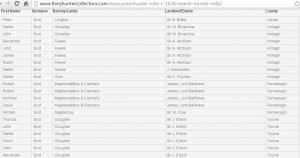
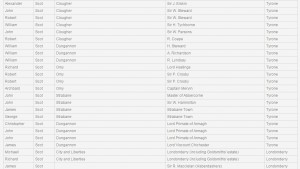
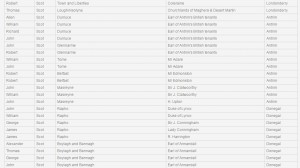
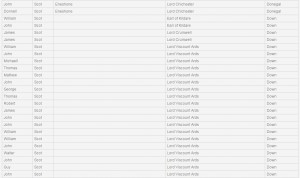
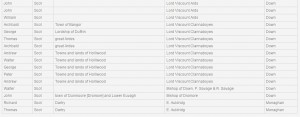
You will find many of the name Scot of the 1630ca Ulster Muster Rolls.
Mark S Elliott 8/1/2015
Name likely MacDaniel at time became McDaniel, and for Dan Ellot of Scotland the name became Daniel Elliott (Dublin spelling), reverted back for awhile to the Scottish, Ellot, and today back to Elliott in Ulster.
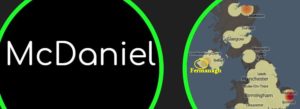
http://named.publicprofiler.org/

11/16/2018 MSE
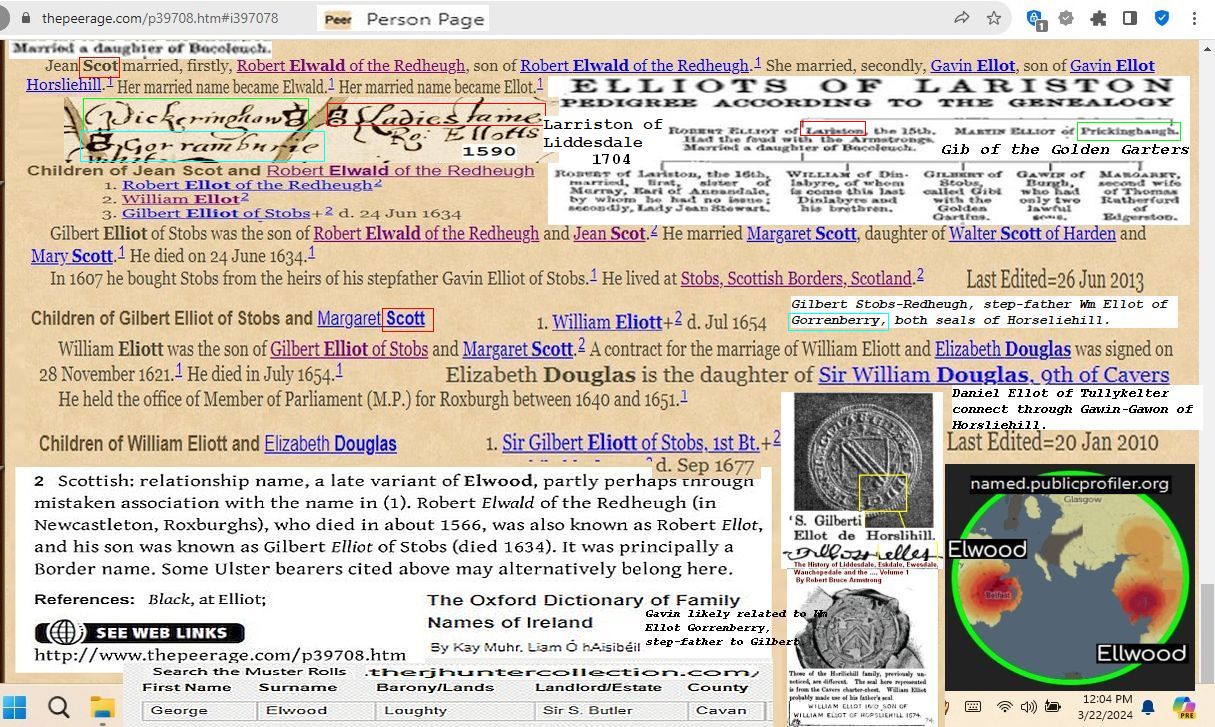
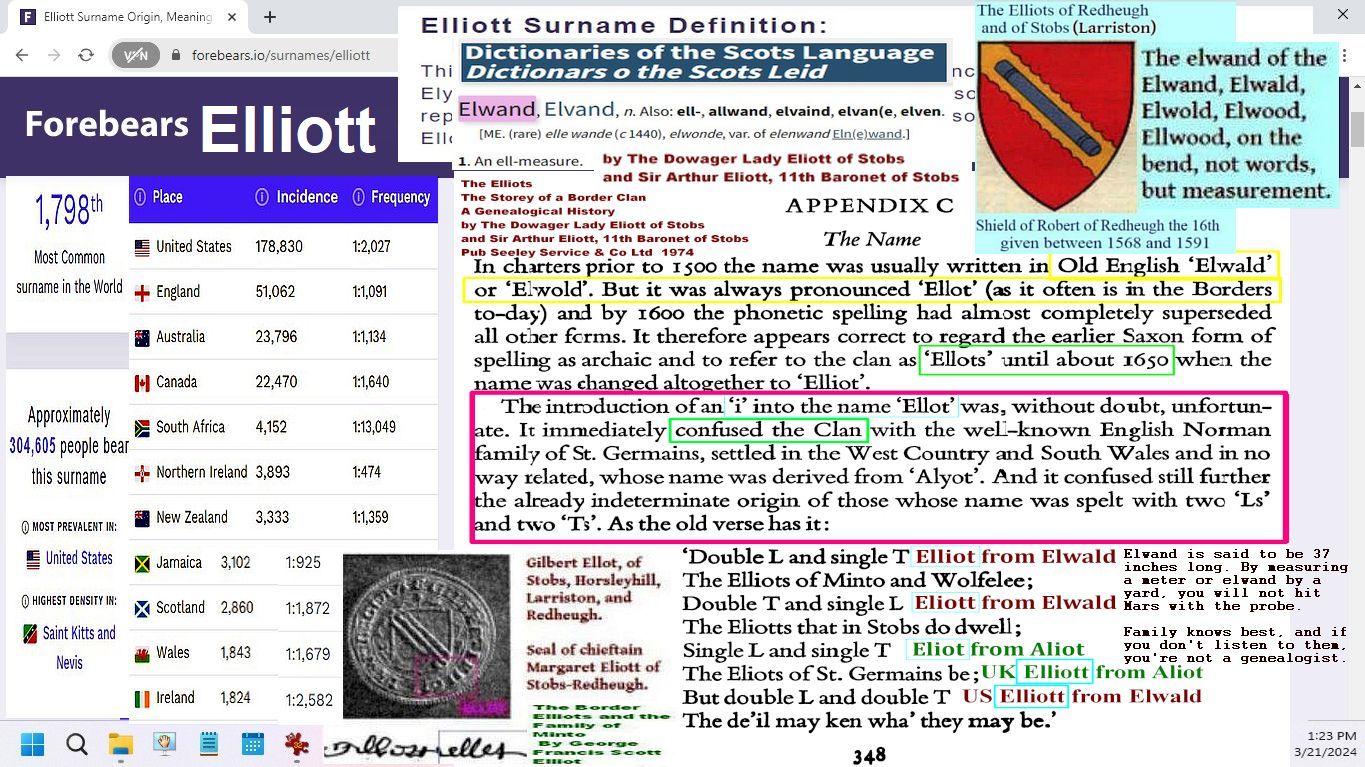


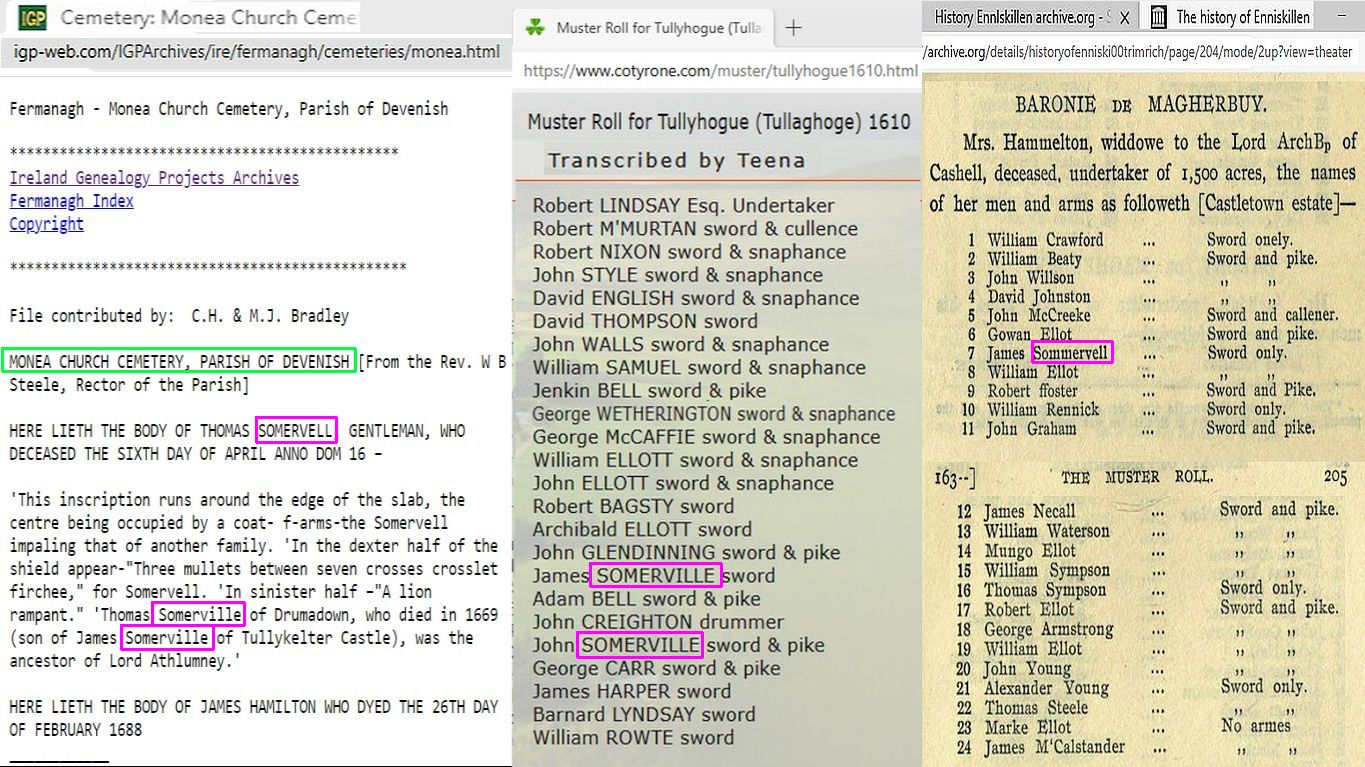
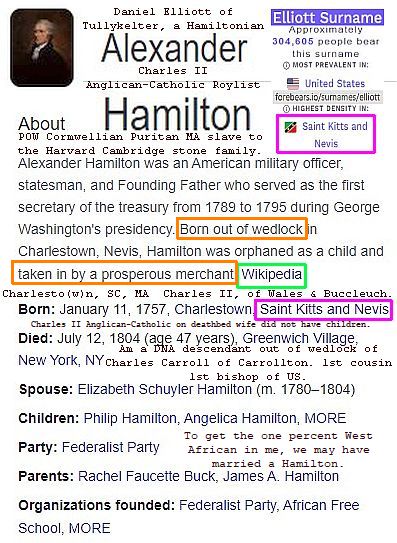

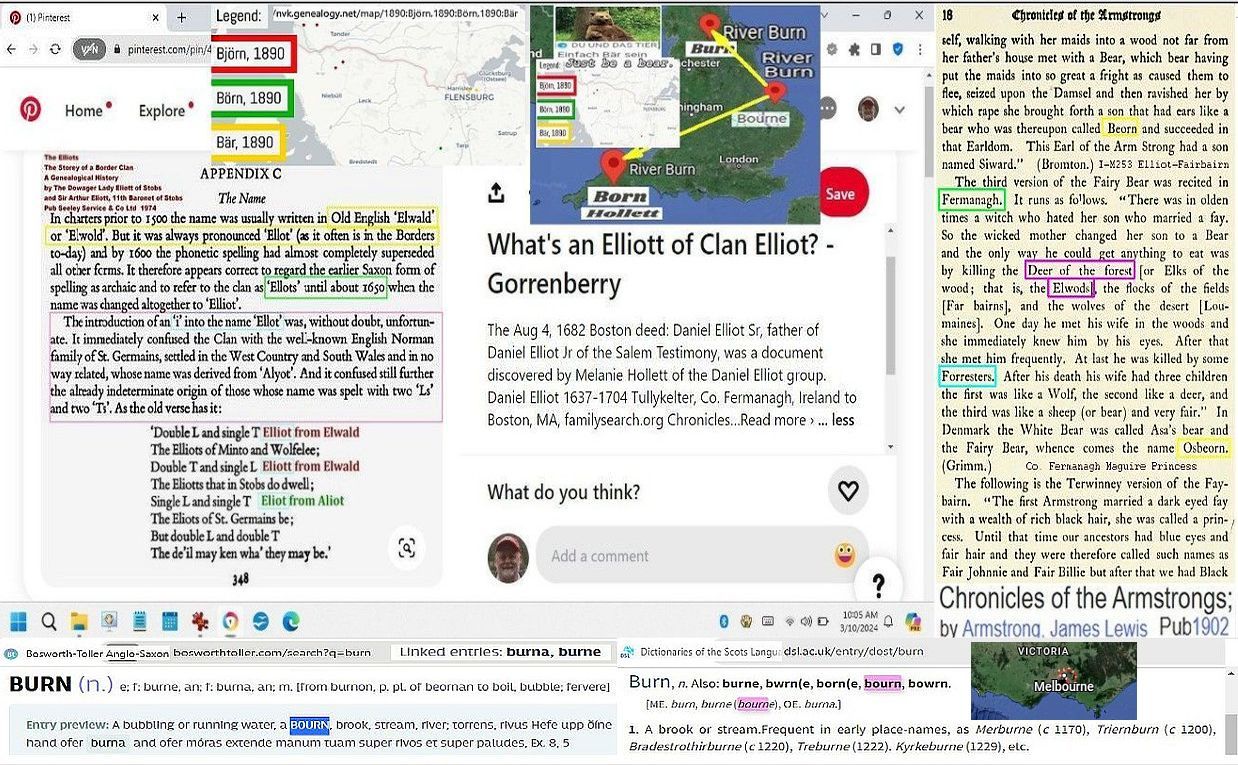
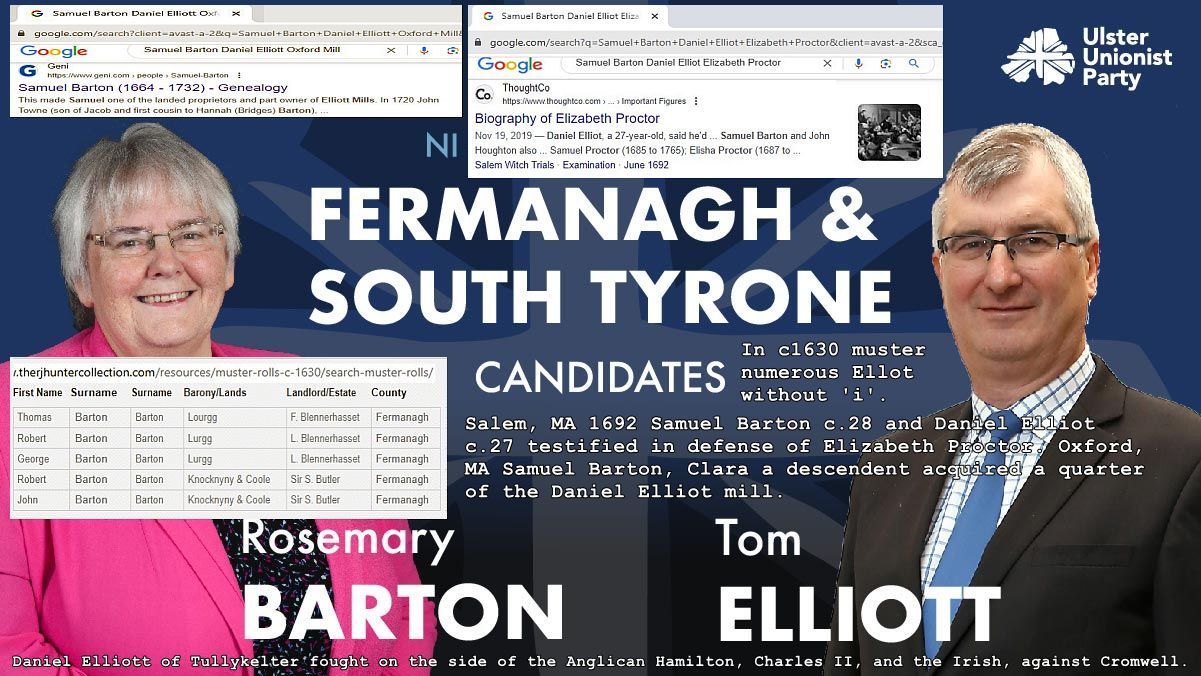
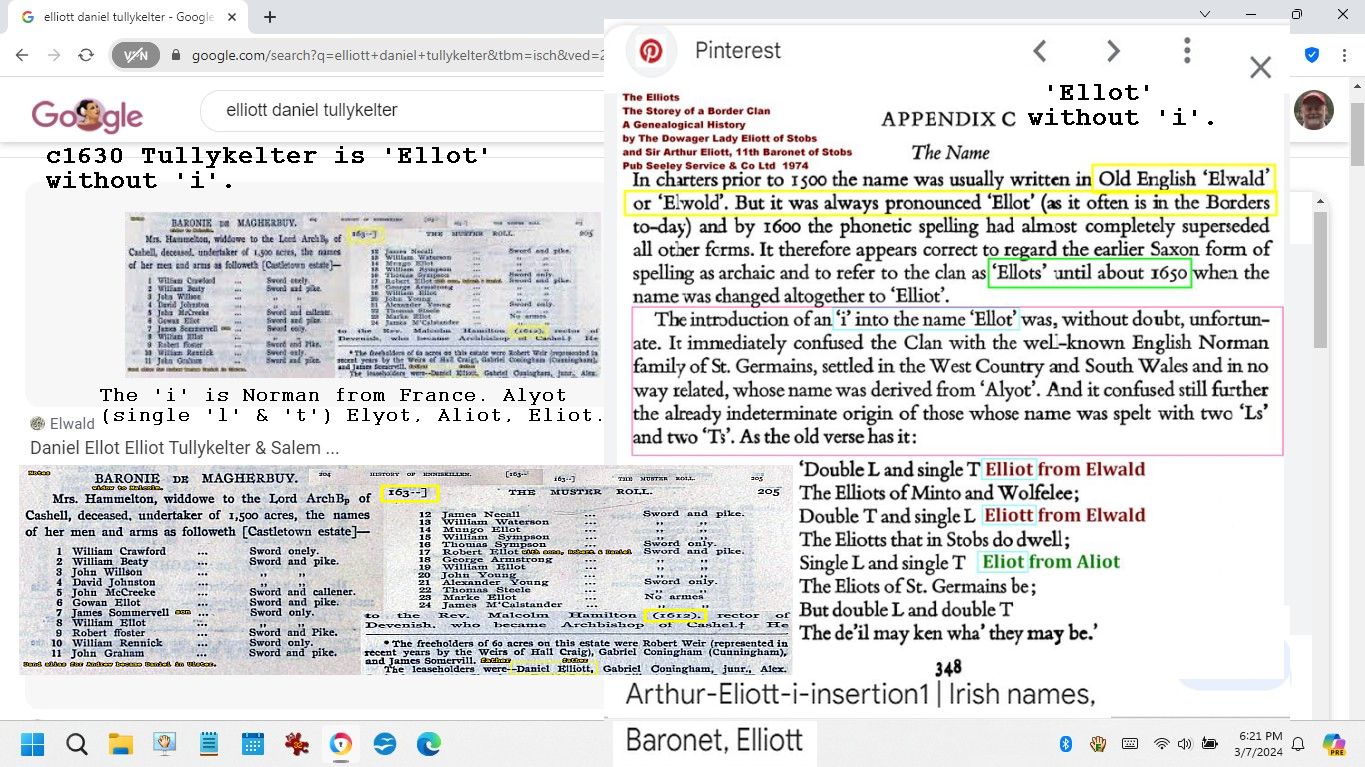
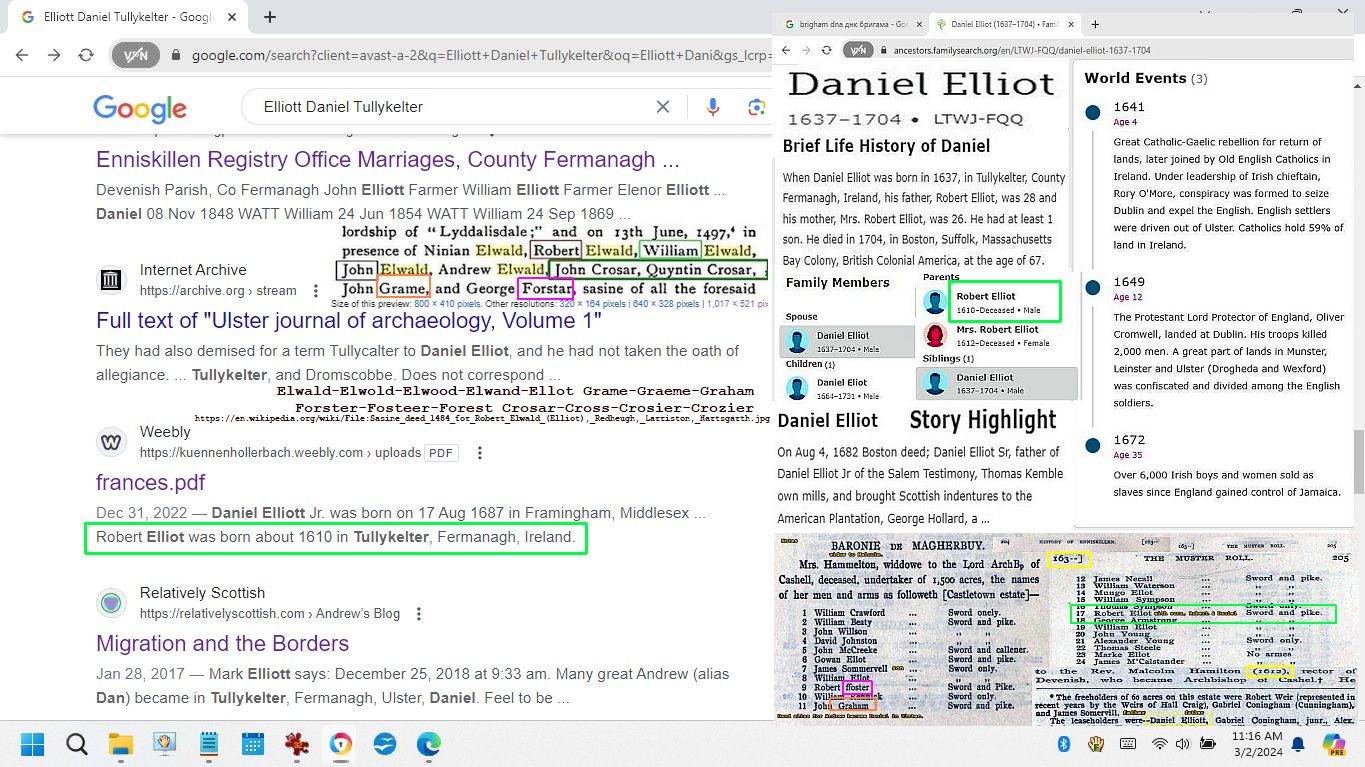
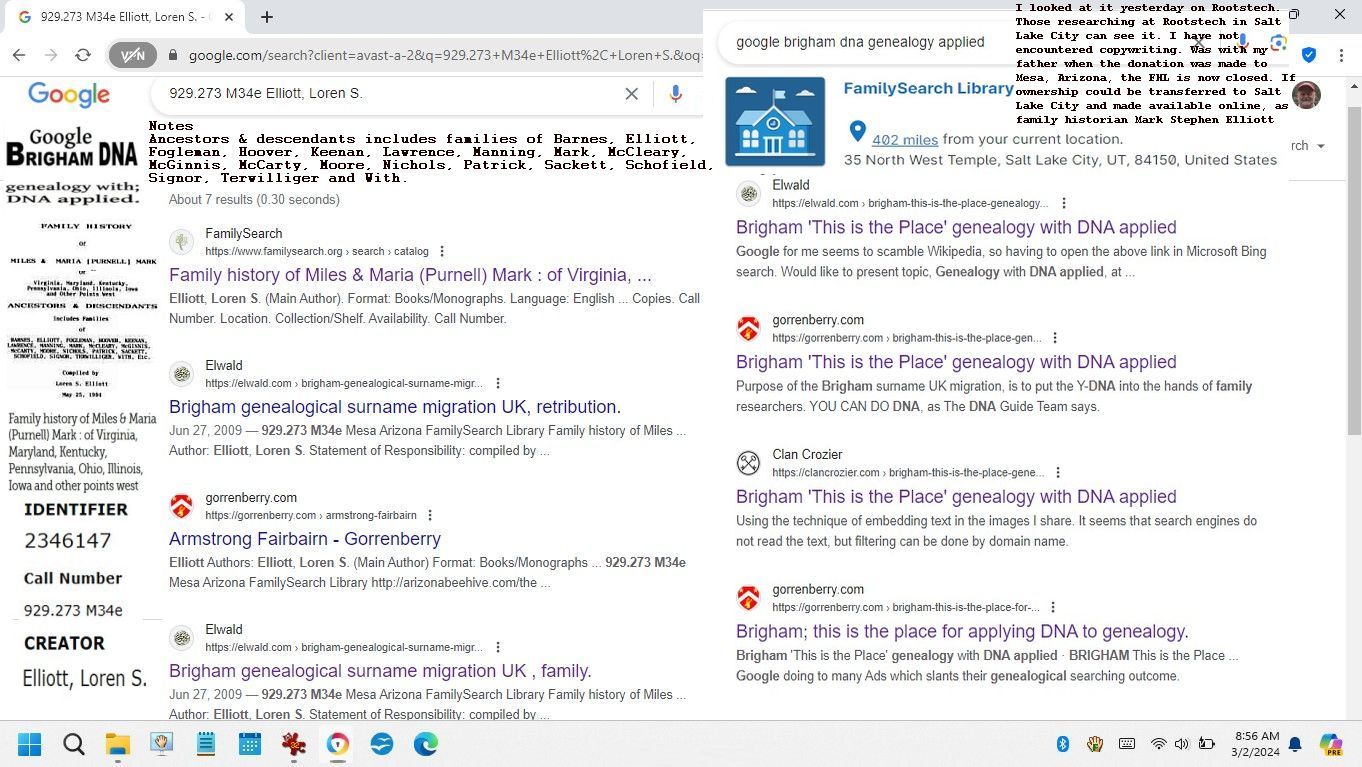
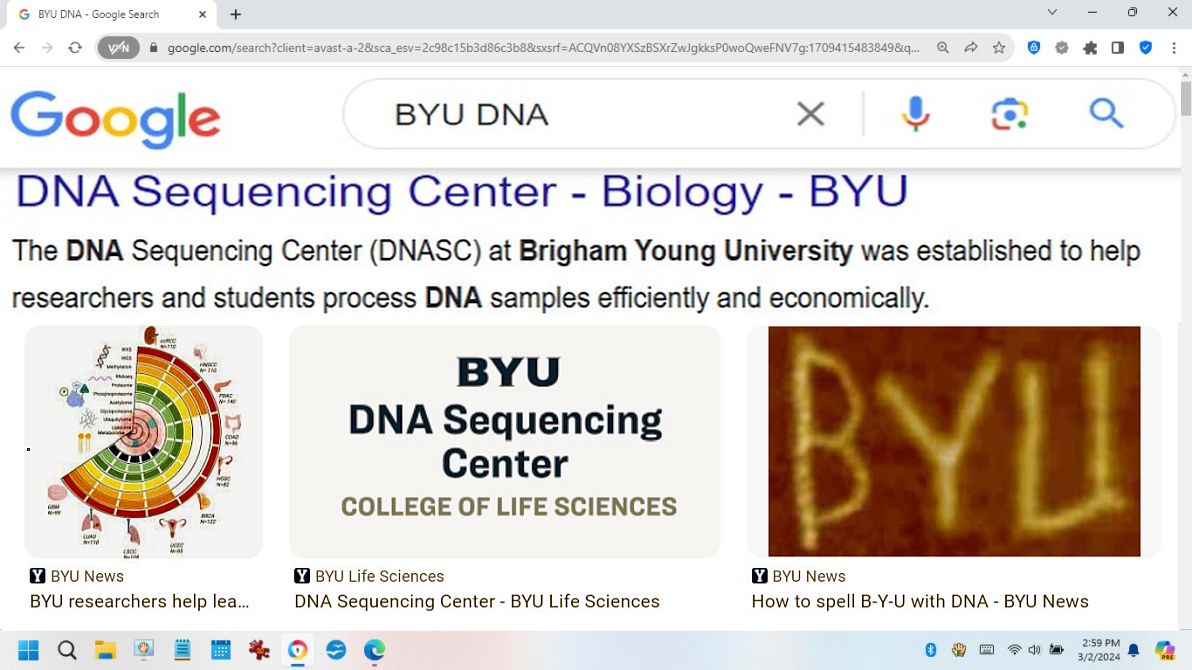
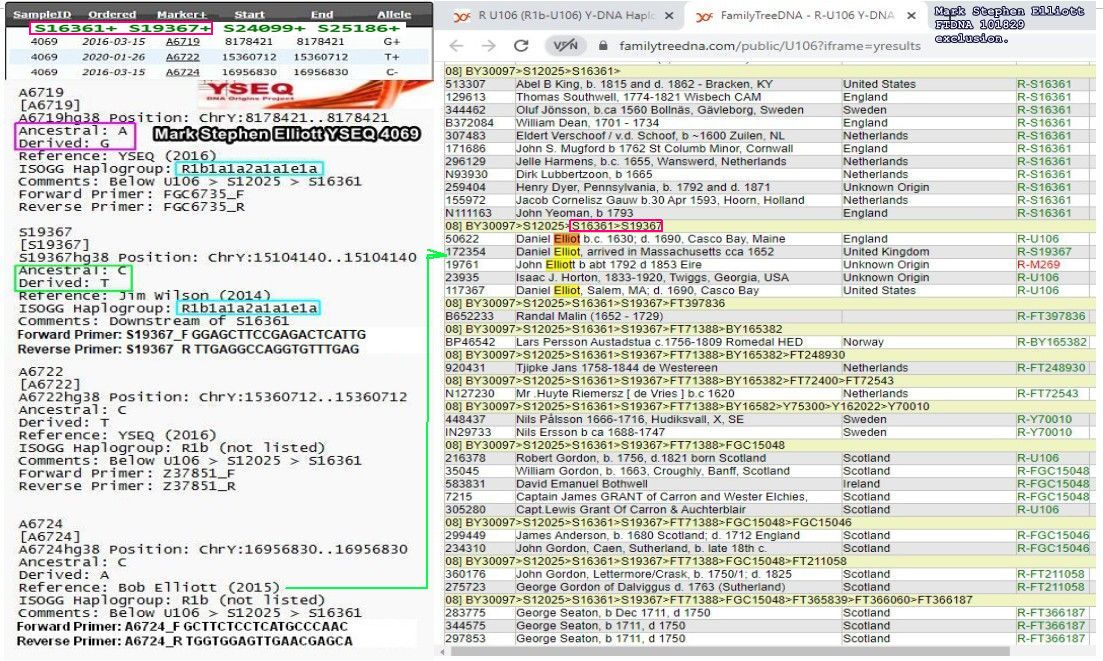
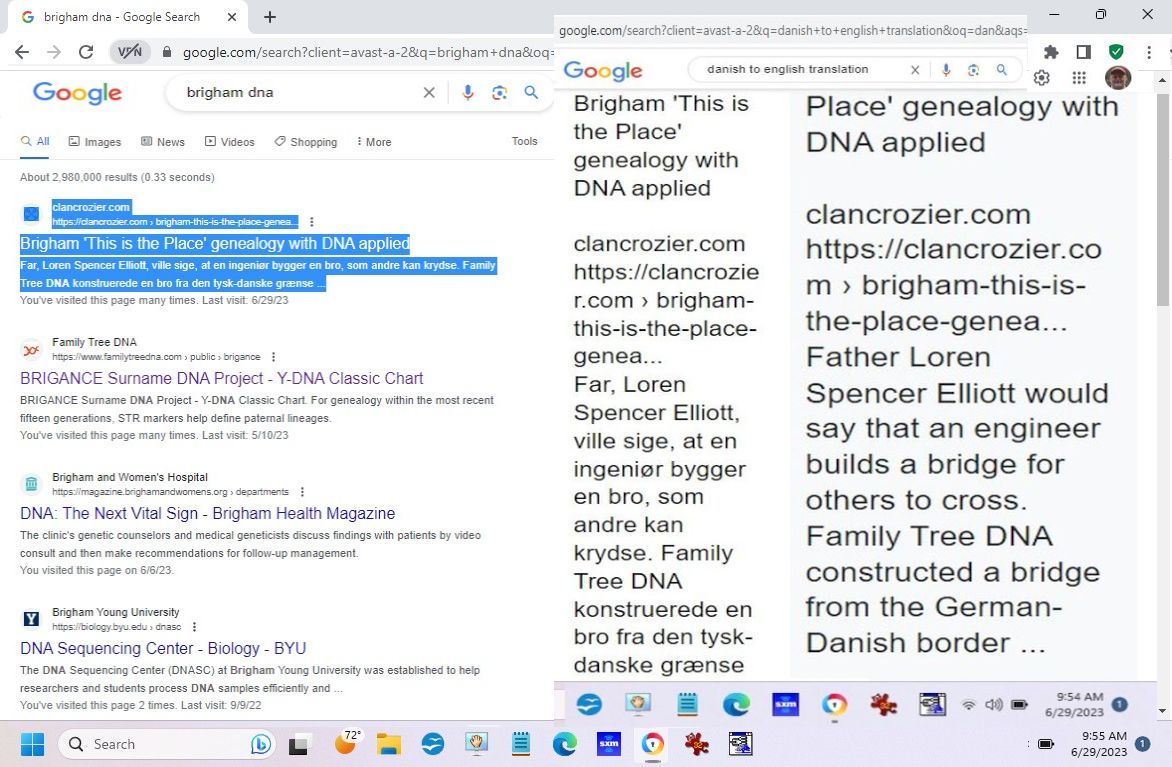
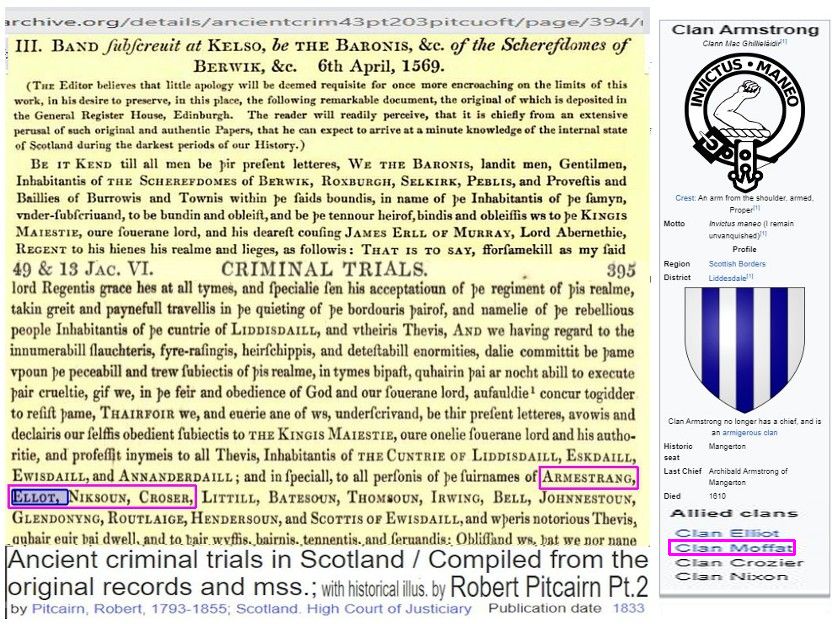
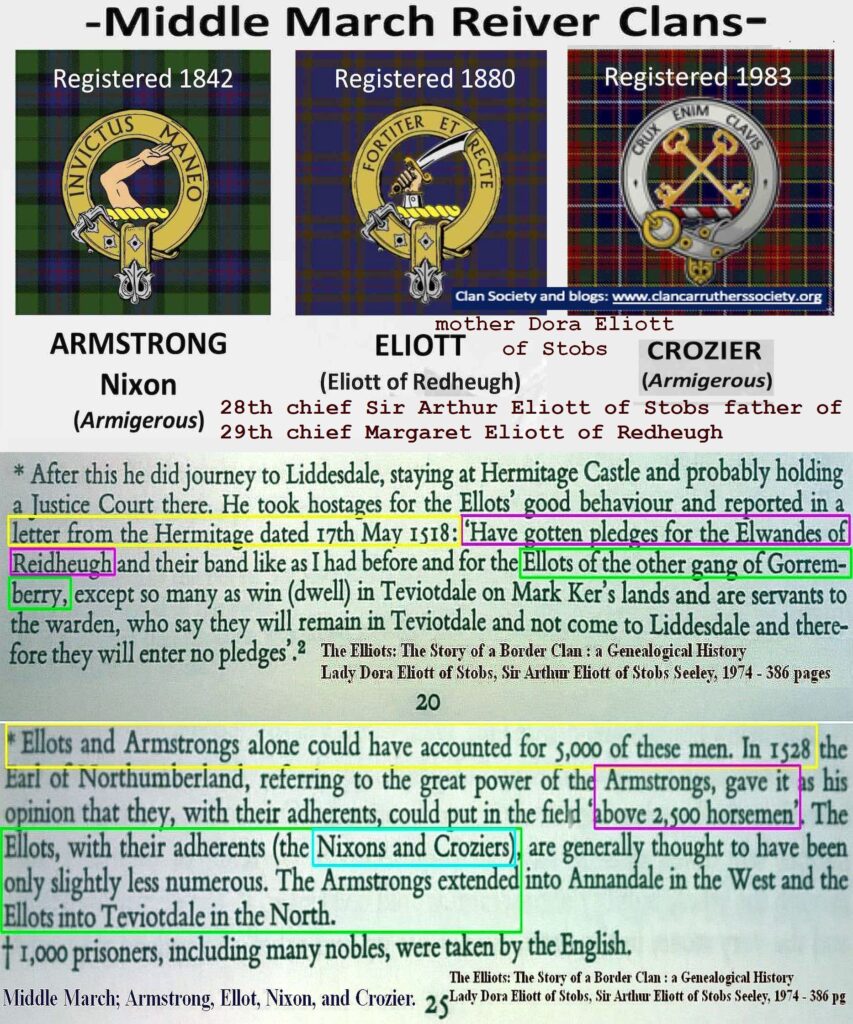
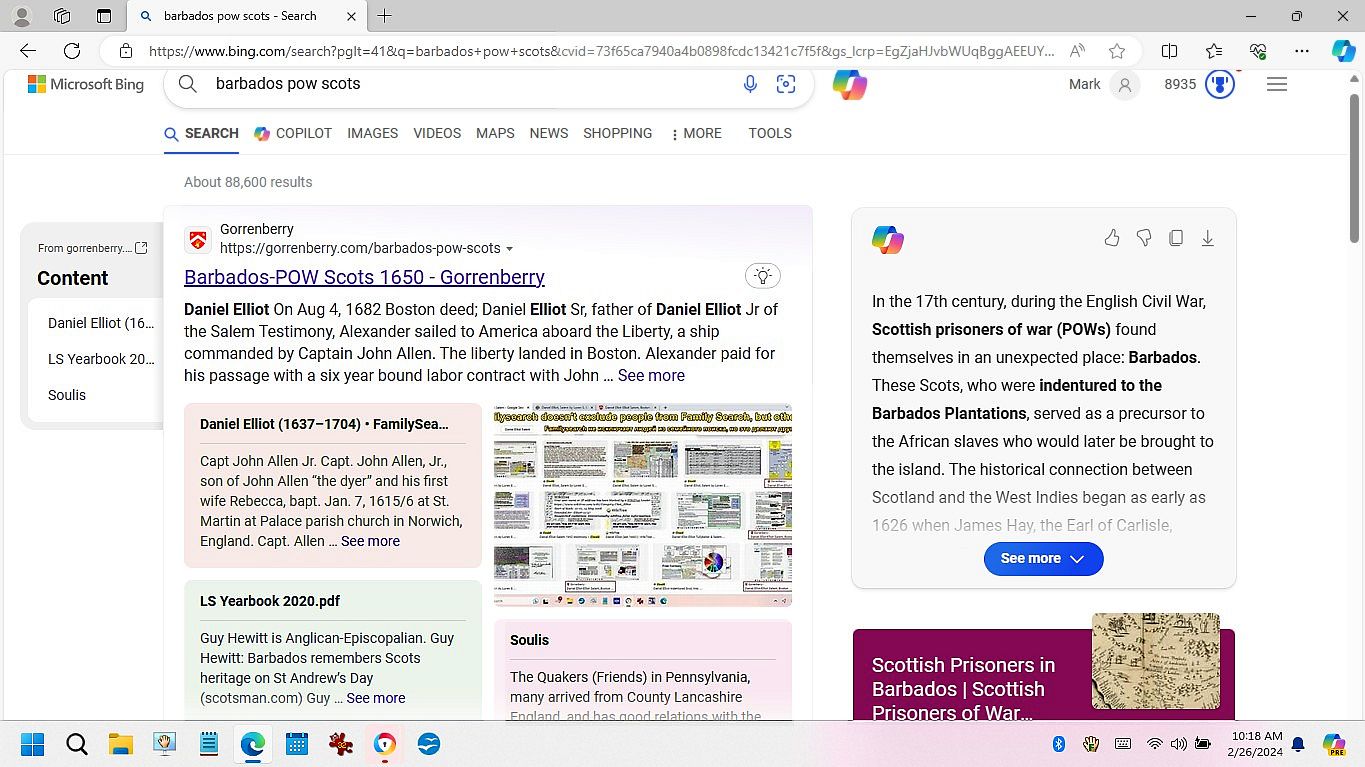
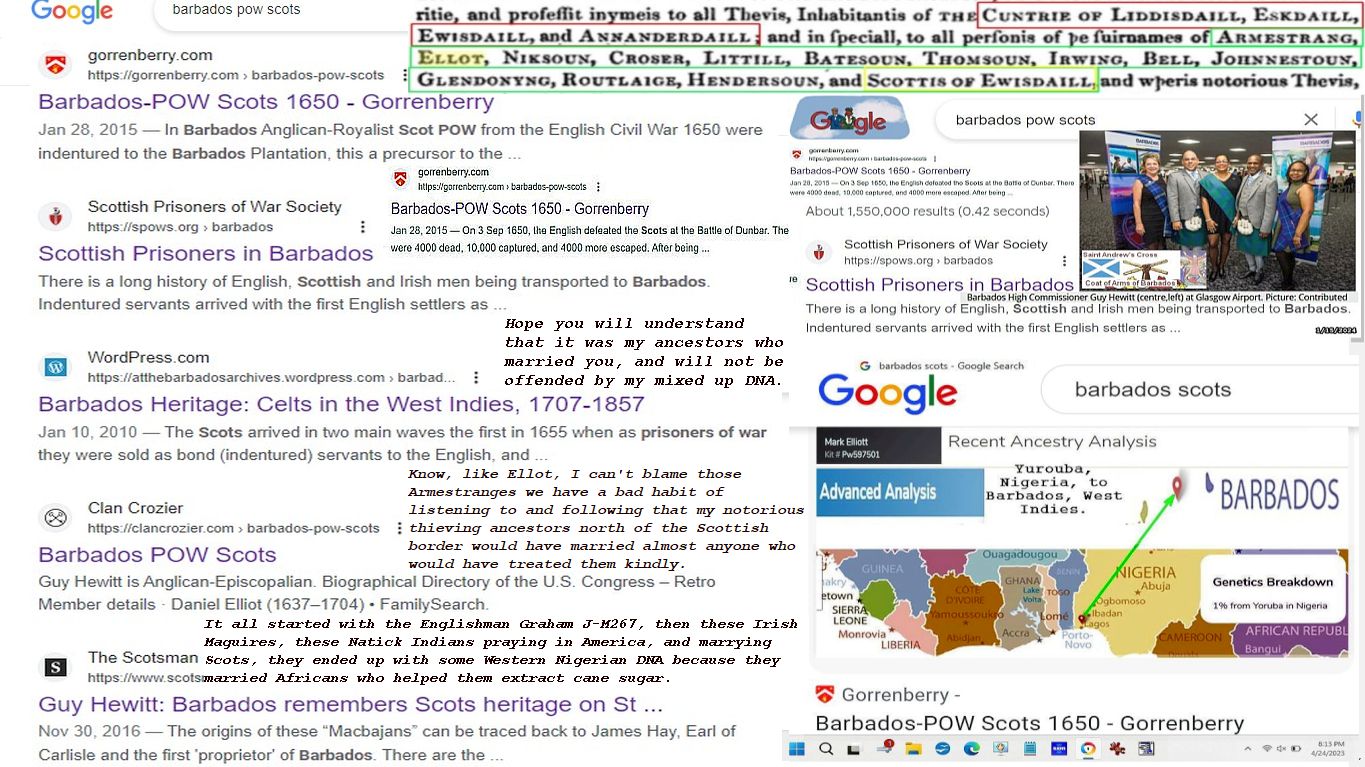
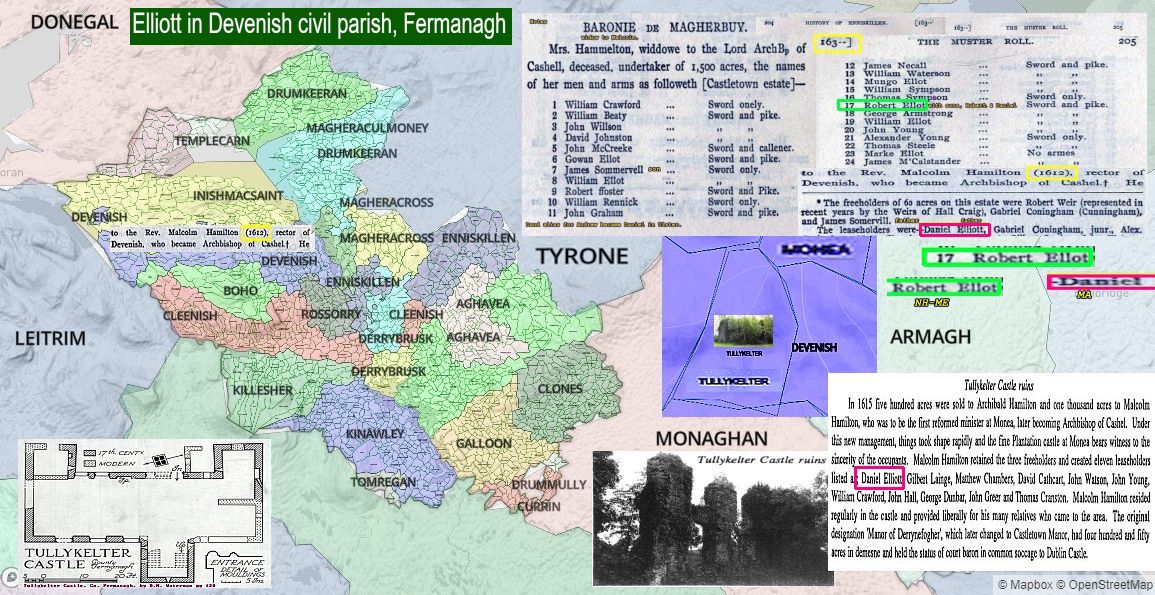
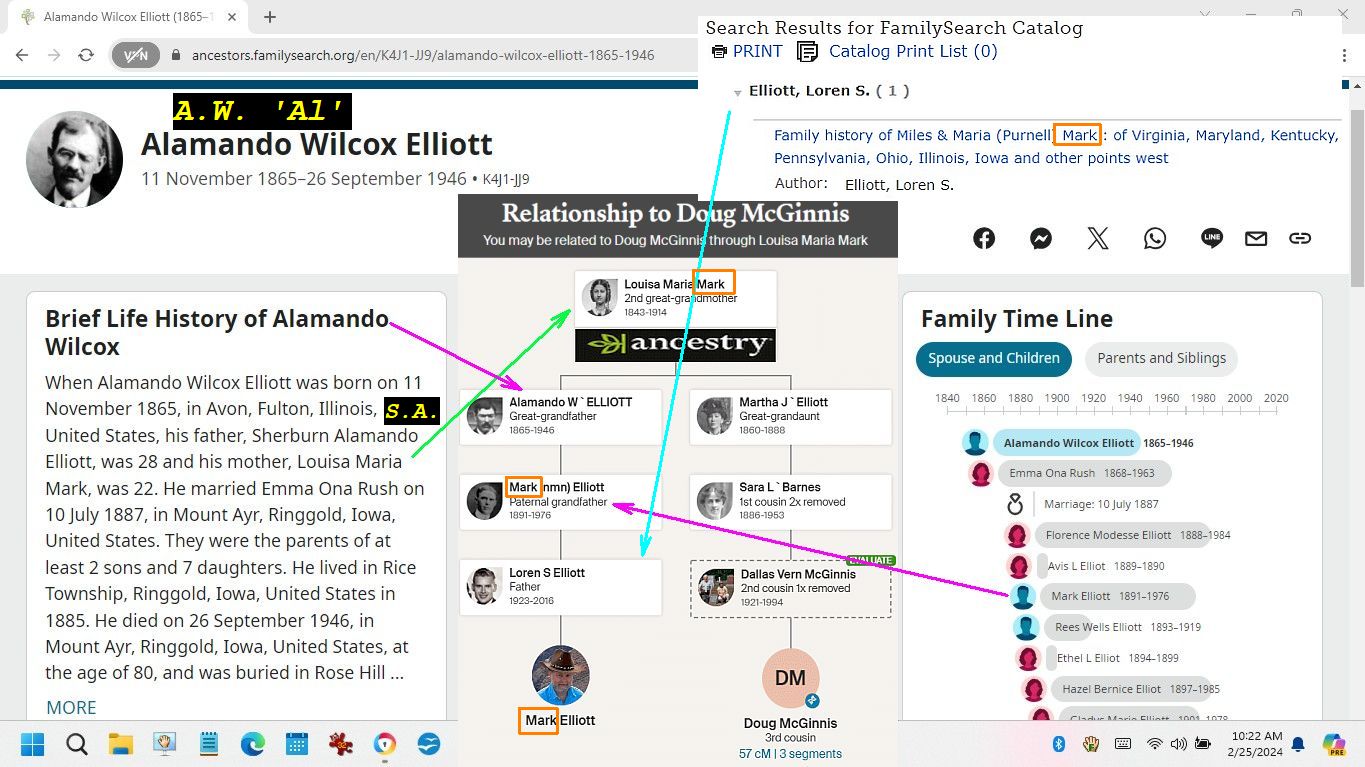 append-Rowell-Carroll-others Loren Spencer Elliott
append-Rowell-Carroll-others Loren Spencer Elliott
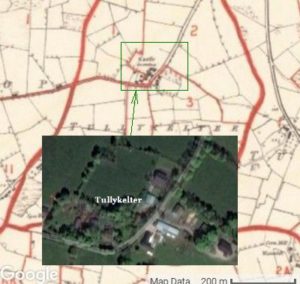


























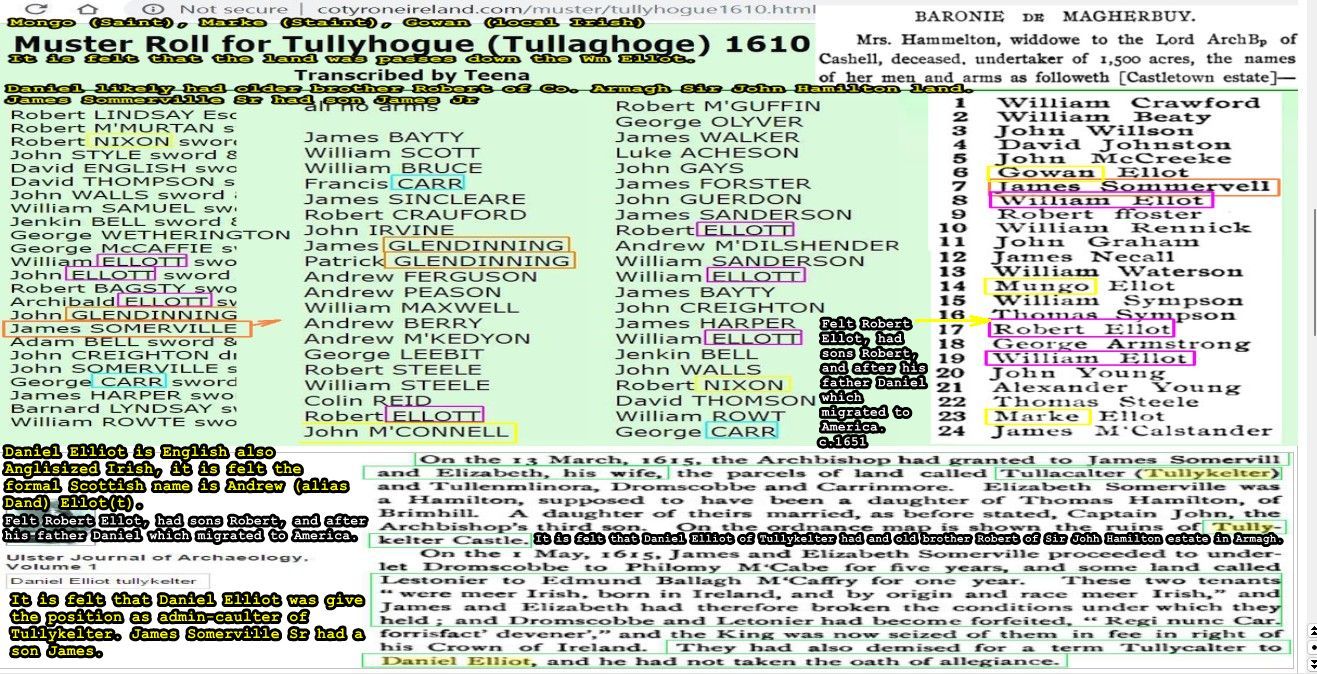
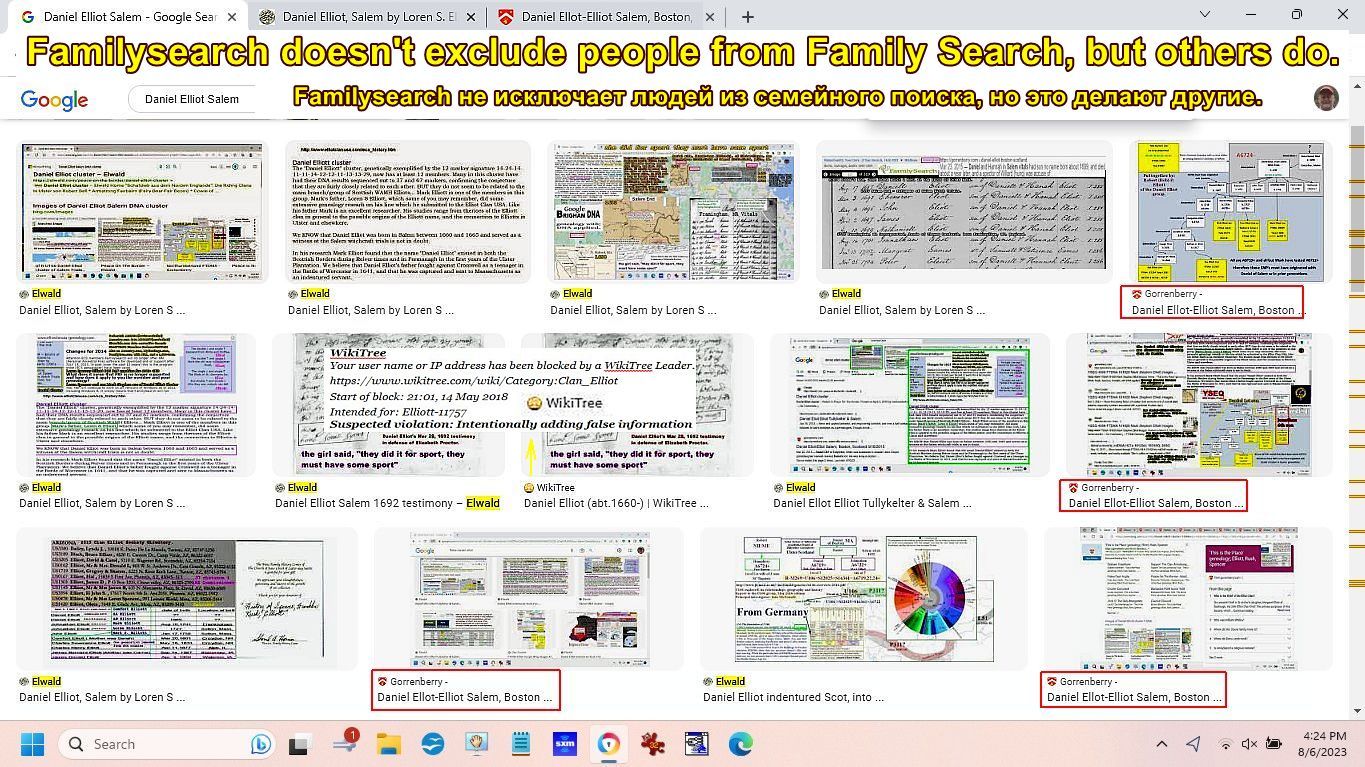
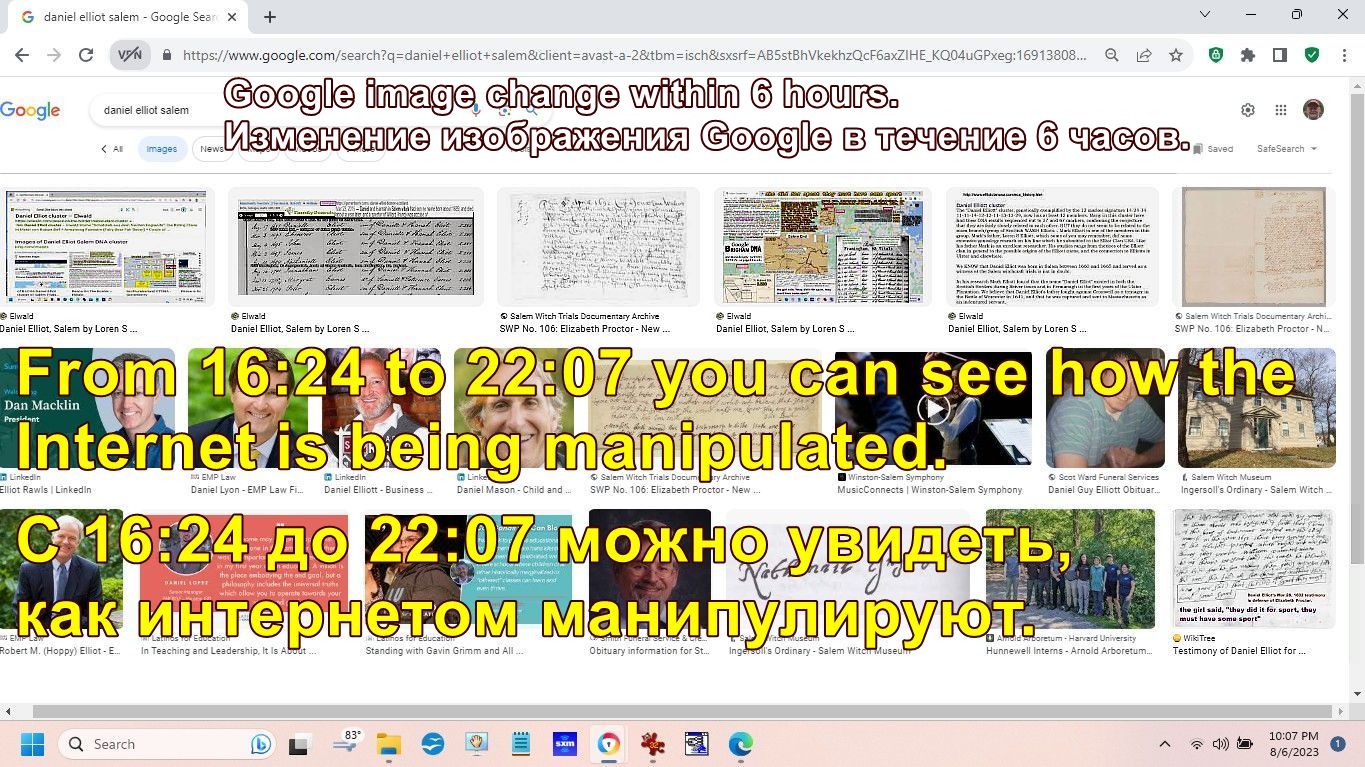
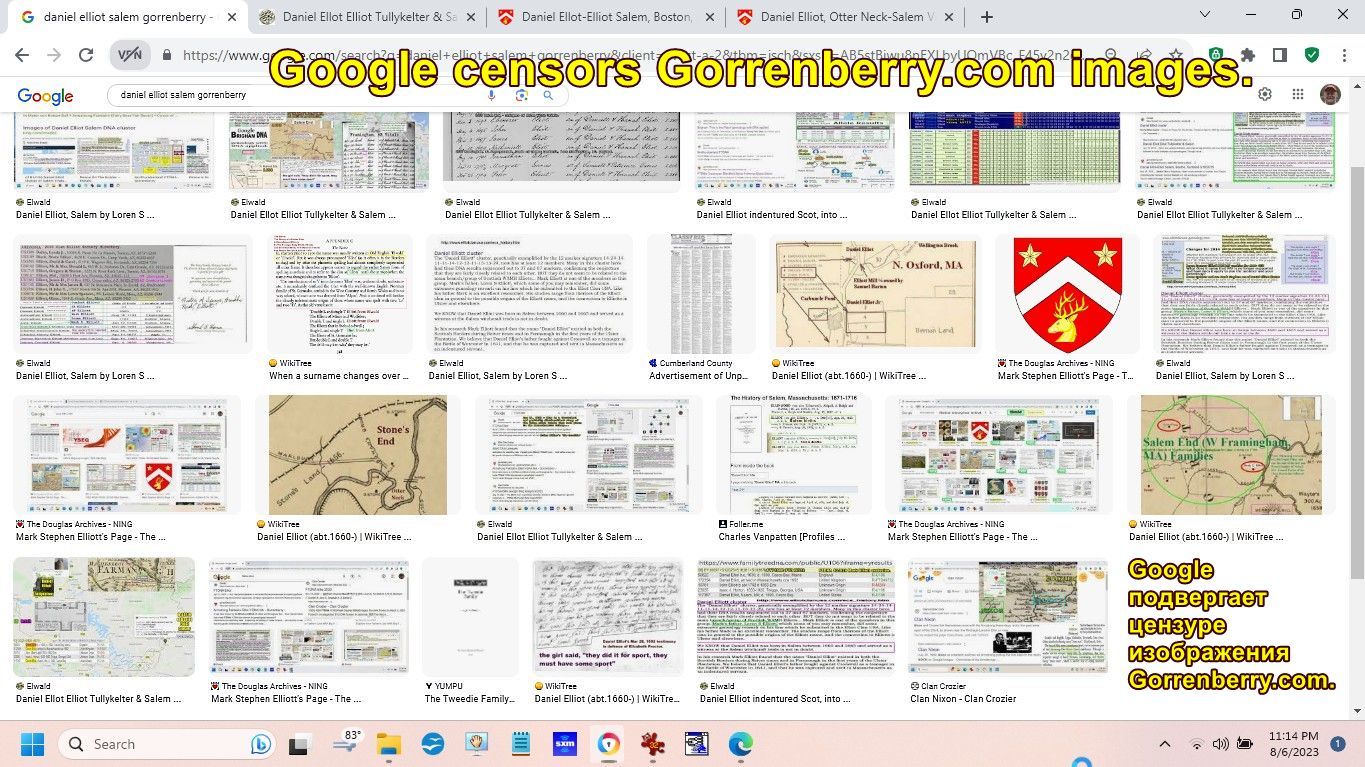

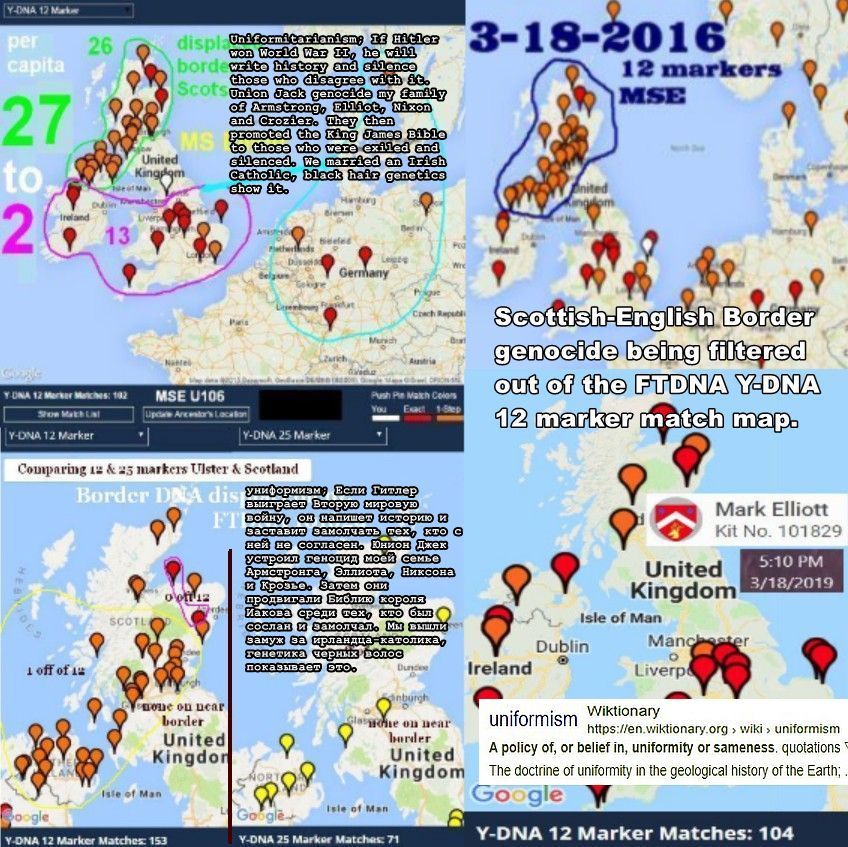
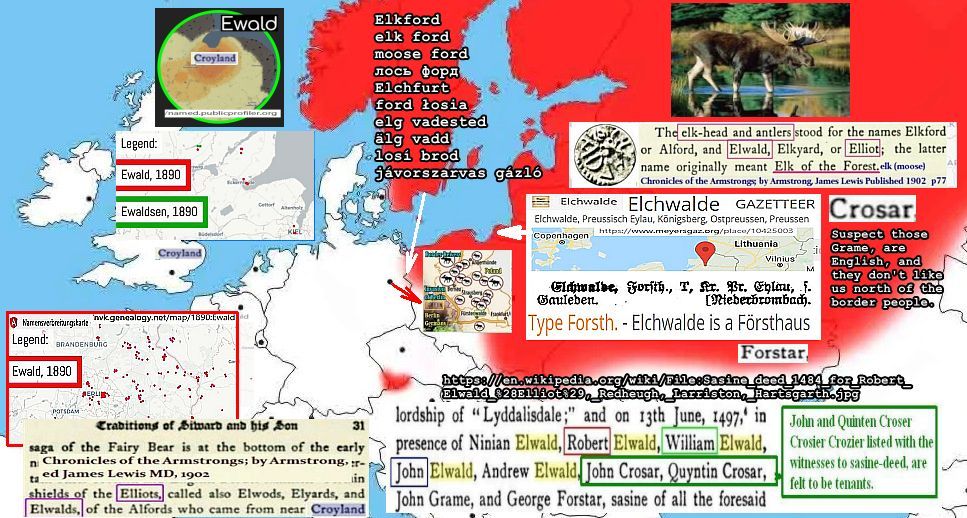
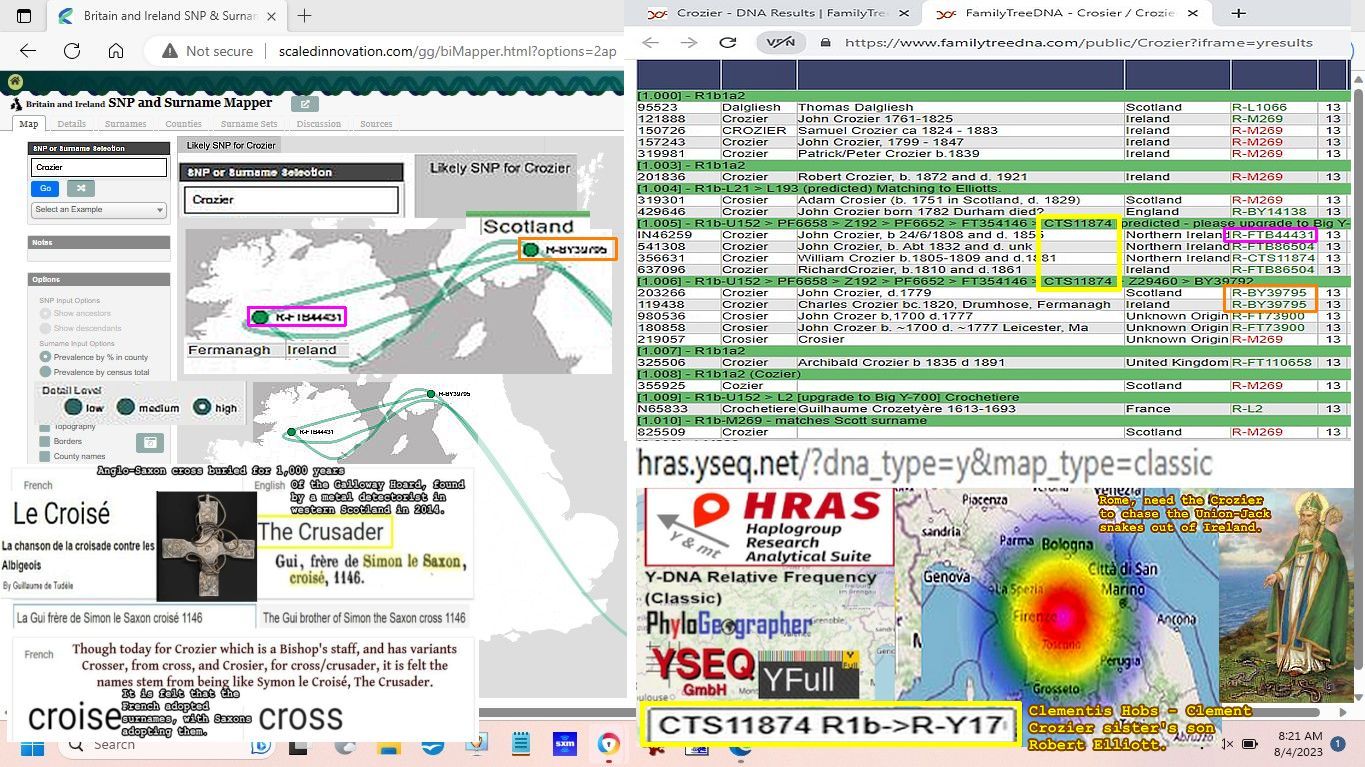
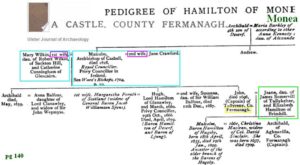

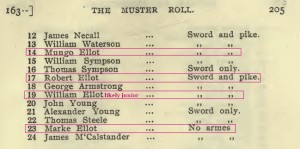
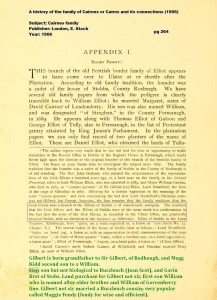
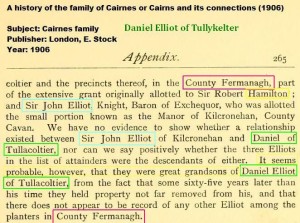
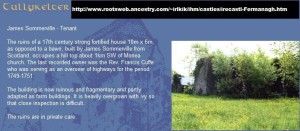
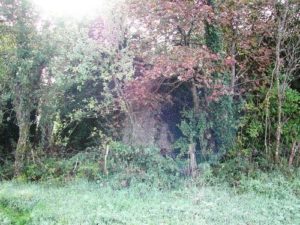
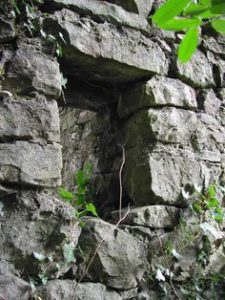
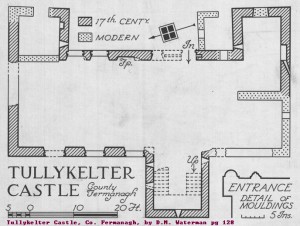
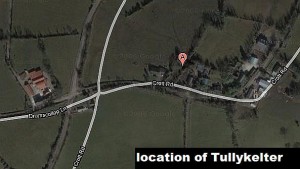
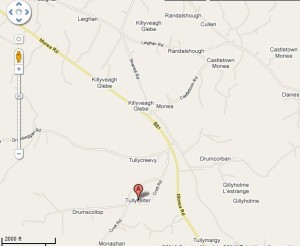
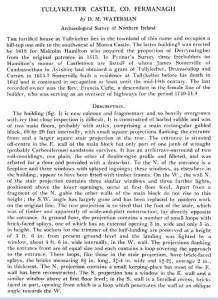
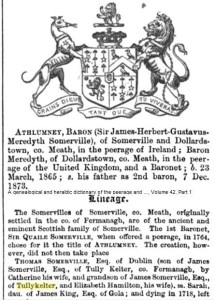










Leave a Reply